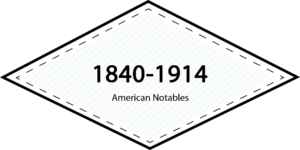
“The American Spirit”
Separate from European & world influences, unique American women were a force unto themselves who played a different part in the history of fashion due to their independent attitudes, professions, & styles.
—— THE ERA IN BRIEF ——
Discussion of American fashion specifics is really the discussion of world fashion influences & vice versa. There exist, however, outside of what was happening in the world, specific & unique ideas, concepts, trends, & matters of cultural significance that only affected American women.
One of the reasons for this is the relative isolation of the colonies from the rest of the world, early in its existence. As trade, communication & transportation improved through the years, America stopped depending solely on itself or England for survival, but opened wide arms to anyone it could reach.
 —— HISTORICAL FASHION EXAMPLES ——
—— HISTORICAL FASHION EXAMPLES ——
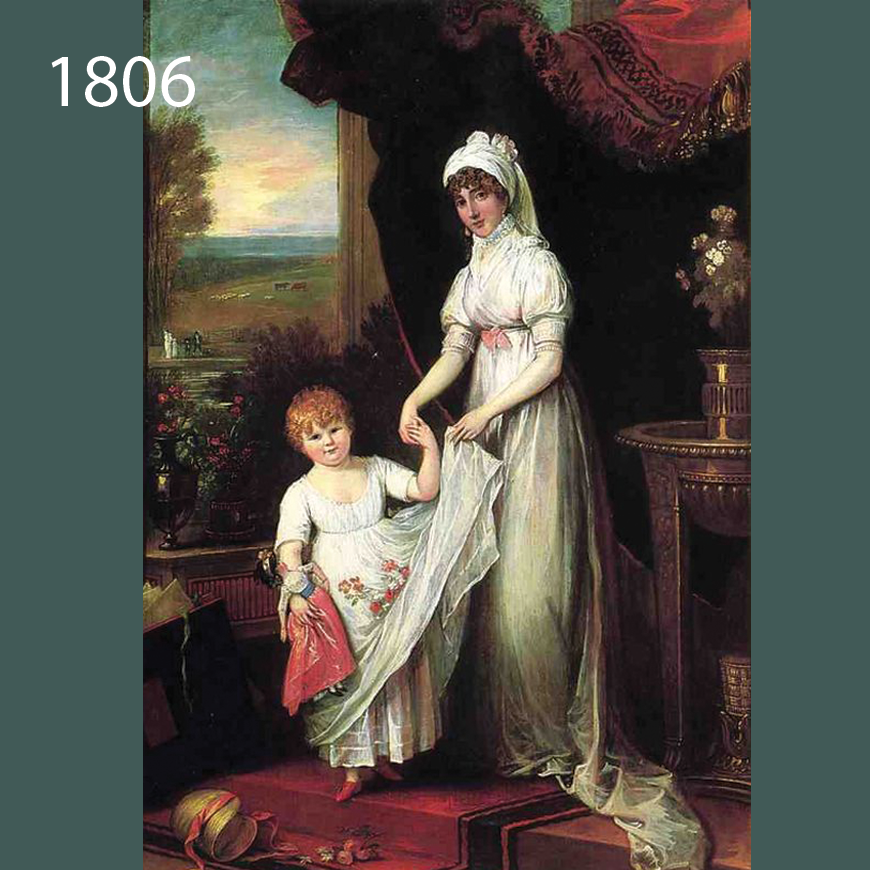
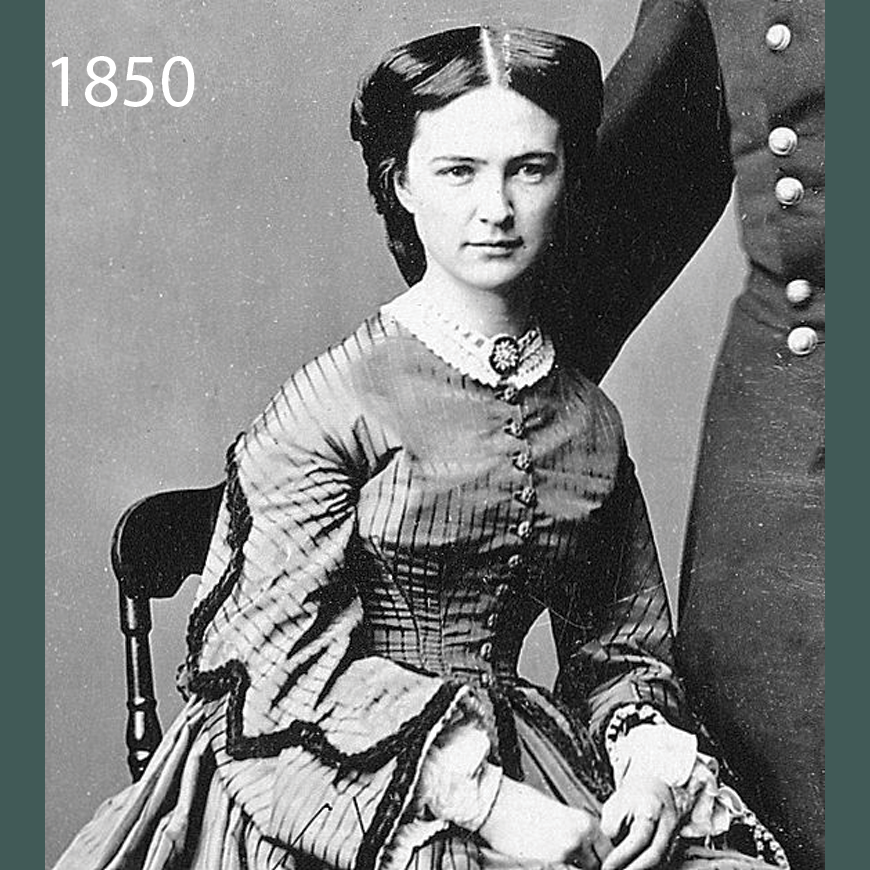
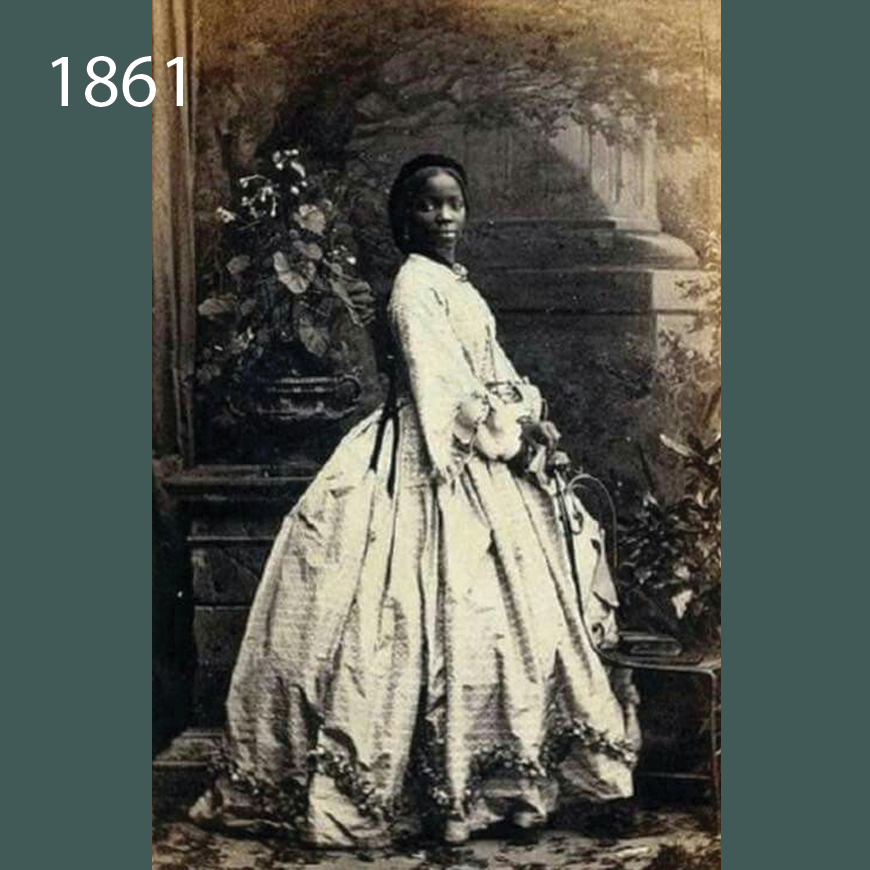
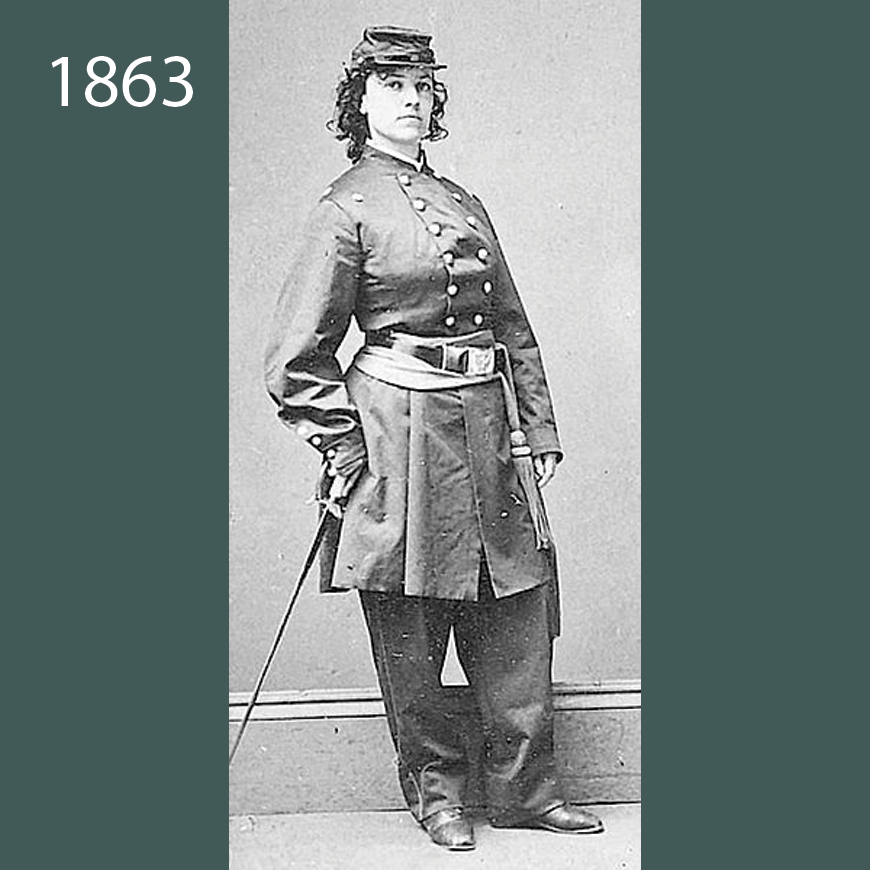
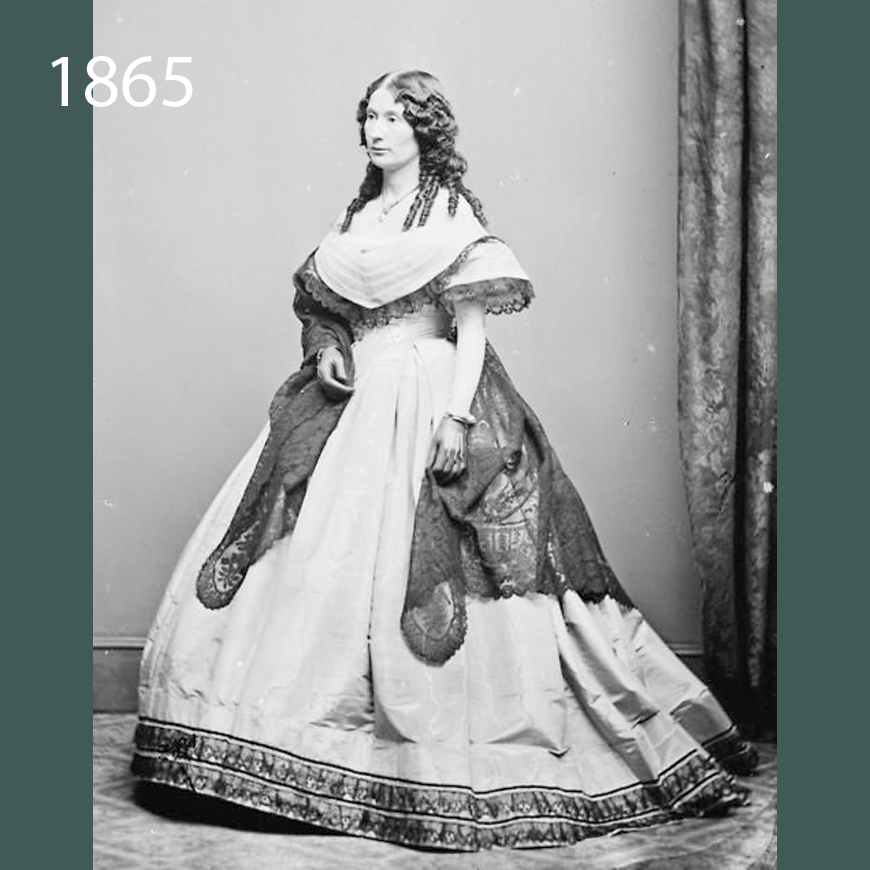
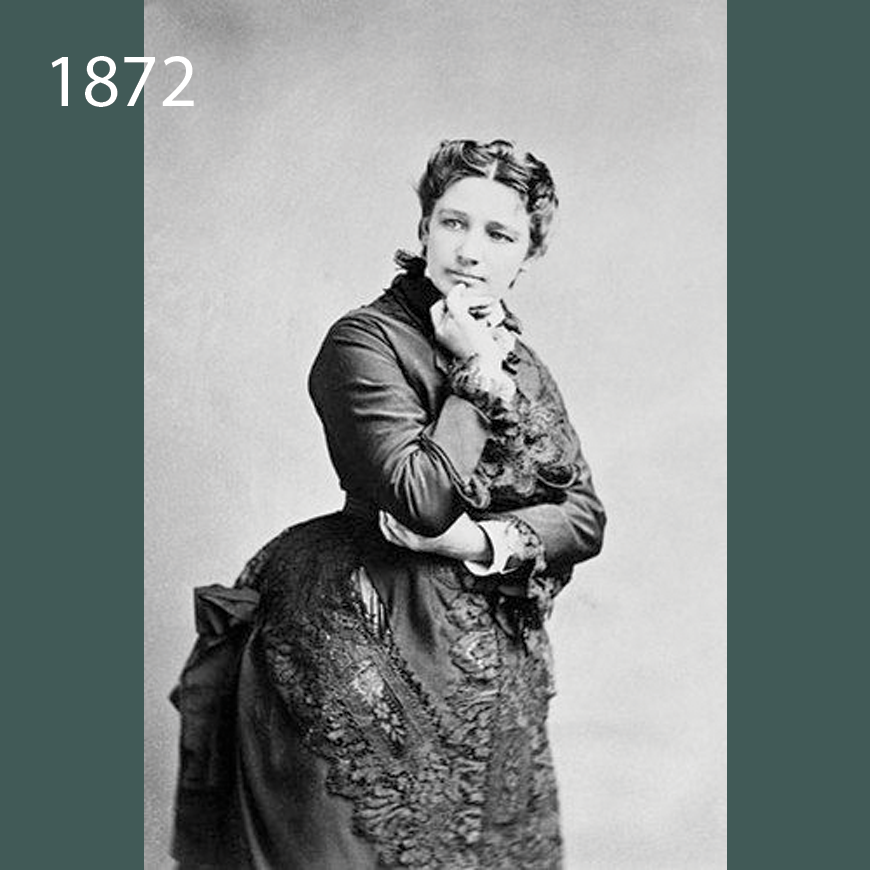
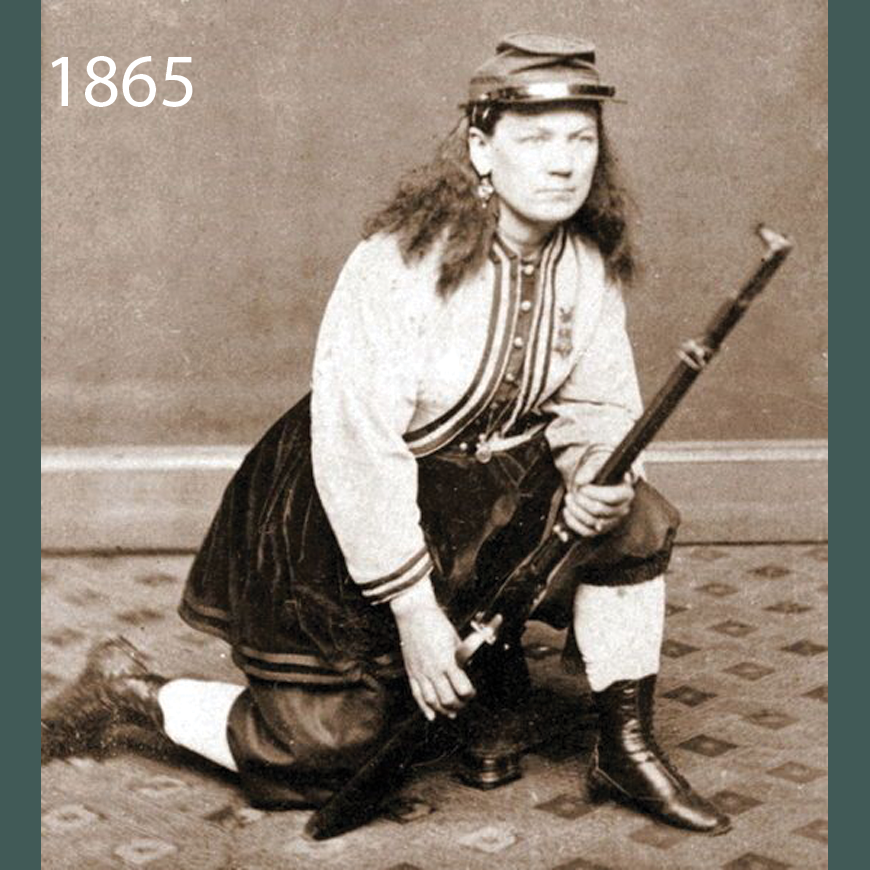
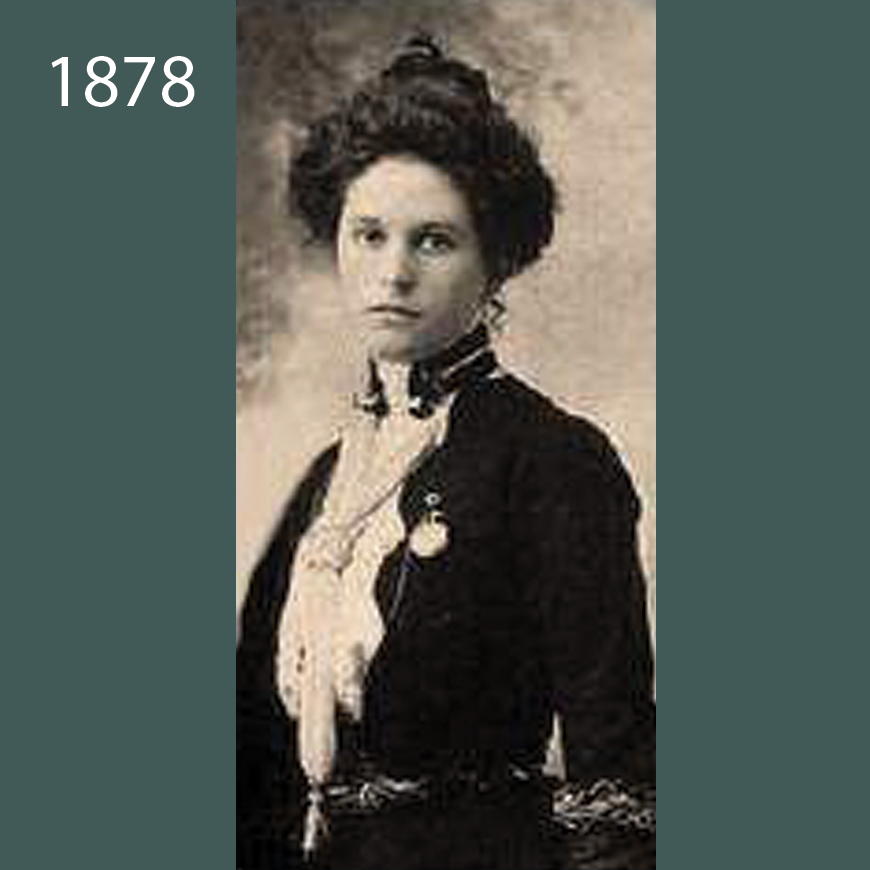
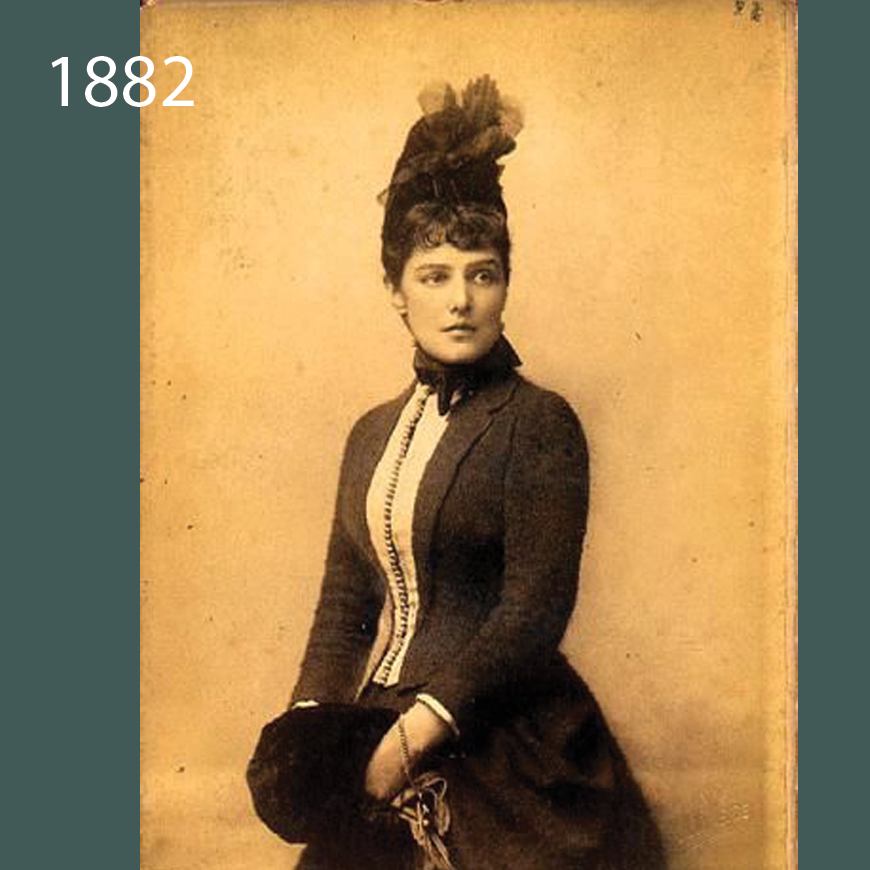
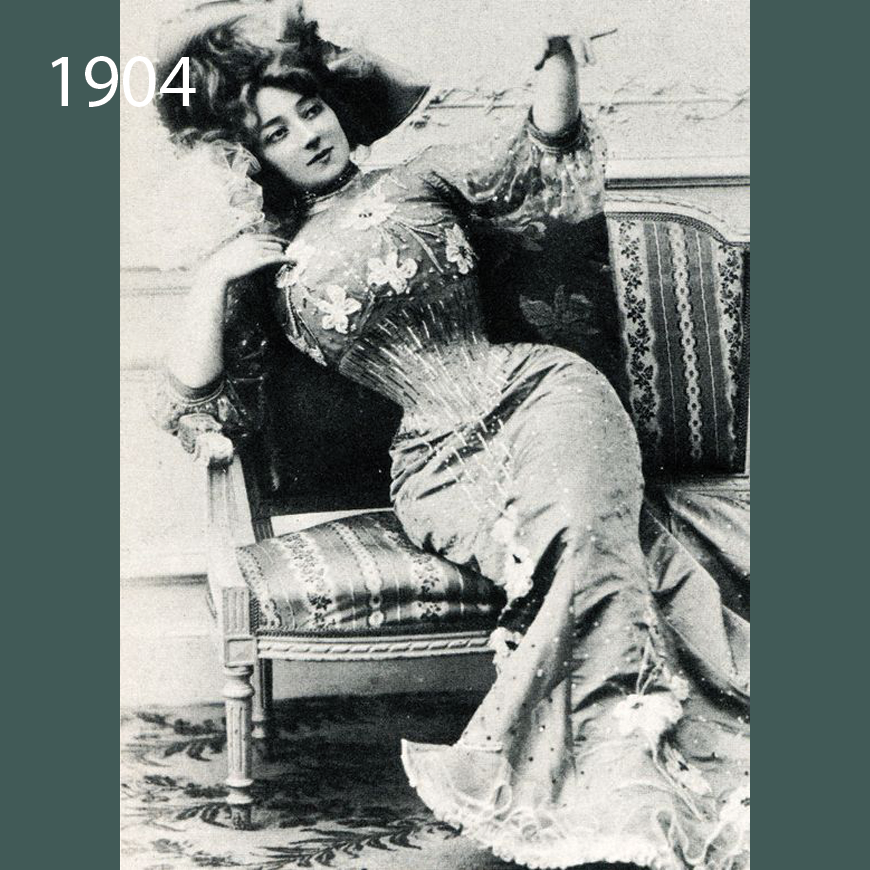
 —— AMERICAN SITUATION ——
—— AMERICAN SITUATION ——
Changes & evolution of women’s role & status in society, & their emancipation in particular, moved in pace with the world as it changed. These factors are discussed throughout the historical eras in detail on this website (refer by date to eras).
What was unique to American women apart from women in the rest of the world included:
- 1) Self subsistence, particularly because America was predominantly a rural country;
- 2) Roles defined of function or necessity: life in a newly developed country could be hard, with trade goods limited, & men being felled by trees. Women learned by trial & error how to be entrepreneurs & take on men’s roles far before the rest of the world (although far after the indigenous and natives of America who preceded them, and from whom they learned);
- 3) Vast natural resources available in a huge country that had yet to be developed – only limited by imagination or social mores;
- 4) Lack of class/nobility structure; class defined by wealth as a result of work not of birth – a predominant middle class that recognized work as its own rewards;
- 5) Continued optimism & knowledge that supporting & continuing to build on a philosophical concept called “the spirit of freedom” would never be complete
- The attitudes, social structures, economic systems, mores & ethics were completely different & novel to anything that had come before. It was only logical American women would fight alongside men, work independently, create & innovate, & become leaders from the beginning of settlement.
- Women’s fashion of 1840-1914 reflected the story of growth & freedom women were finding worldwide. At the beginning there was dependence on other countries for ideas & goods. By the end with World War I looming, it was easy for women to step in & fill the roles they had supposedly been denied, because they’d been doing them all along.
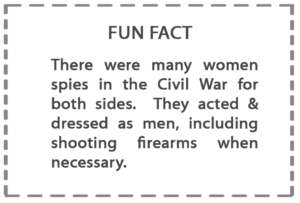
 —— FACTS OF THE TIME ——
—— FACTS OF THE TIME ——
- A French author made the word “demimonde” to describe the world of the prostitute. By the end of the 1800’s, Charles worth in France was producing racy, ankle-length dresses that revealed sexy boots to replicate the women of the night
- This style was embraced in America
- Young businesswomen of the 1890’s in America worked in offices in the city, & took mass transit. These wore shirtwaists & bell skirts
- Non laboring classes had huge sleeves, tiny waists, & full falling skirts
- Laboring classes, rural, western, pioneer, & settlers wore versions of “high fashion” that were more akin to the “Reform” era version of whatever fashion trend was happening at the time.
- In general, American women have been somewhat more casual with fashion, & less inclined to embrace widely varying trends than their European counterparts
- At the same time, American women have been somewhat more willing to experiment with new technologies, inventions, & innovations of garment, fashion, & textiles than their European counterparts

—— AMERICAN NOTABLE FASHION TRENDS ——
Following are a few things American women did uniquely from the rest of the world at the time:
- As with the Western Fashion (discussed separately), it is hard to isolate what is specific to Americans.
SIMPLE FOLK, MOSTLY
- There was little elegance in fashion in America 1900-1910. Except for a few grand events like the Vanderbilt wedding, there was mostly a middle class that did not follow French fashion.
- Dress became “everyone’s dress”, and there was little to no separation in America like there was in Europe by class, old, new, profession, or status
- Future American fashion would continue towards ease, comfort, & practicality
- Women wore the denim jeans from the very first when they were invented in the 1870’s
- In the 1880’s & 1890’s, the wrap around overskirt & tight basque were the norm for daily wear
- The frilled, tiered, gathered behind skirt was worn up until 1880
- 1880’s forward, sashes & apron like garments were drawn back, producing a bustle characteristic, though typically without the bustle
- Even tennis players dressed like that
- American women in photographs of the 1880’s indicate women were very active in spite of restrictive clothes
- They dressed much like the Dutch of the mid-1600’s – with skirts pulled up in front and back for practicality, & with a flat brimmed, high crowned hat like the dutch wore
- It is certain naturally sourced materials such as pelts & furs only available in North America, such as beaver for English hats were uniquely American
- It is also certain the knit swimming costume & many synthetic fabrics & notions were invented by American scientists
NOT TRULY AMERICAN
- It is not certain which specific styles or garments can be considered uniquely American; e.g. while Levi Strauss’ denim trousers were truly an American innovation, Turkish women had been wearing similarly structured trousers for centuries, & they had been worn in England in the 1700’s
- The Stetson cowboy hat can be considered American, yet similar felt bowlers, hats, & bonnets had been worn in Europe for years
- One might consider the application of leather or fur to garments as uniquely American, but countries like Prussia with cold climates had been integrating them for decades, & Europe had been trimming garments through every era
- Native American beading patterns can be considered truly American, & yet cultures worldwide have provided similar
- American women wore monkey fur pieces, flared coats, & fur borders. No one really knows where the monkeys came from, or if they were monkeys at all
TRULY AMERICAN
- The only thing that can be called specifically American is the APPLICATION or USE of design, fashion, or concept; e.g. while the large female figure of the 1890’s in Europe implied power & prestige, power & prestige for American women meant wearing the same clothes as a man to work in a coal mine
- We therefore leave a discussion or “what is American Specific Notable fashion” to the individual because no assumptions or generalizations can really be made

—— AMERICAN NOTABLE FASHION SPECIFICS ——
- We turn for specifics to those women who lived in America at the time. Below is a list of some with key influence on society or culture that would then influence fashion – or, like the editor of “Godey’s Lady’s Handbook” – have directly & clearly influenced women of their day.
- Take the knowledge from the general eras discussed throughout this site to understand what each of these women was trying to DO, BE, or EXPRESS with her fashion.
- It becomes a lovely summary (and sort of test) to look at what each of these notable women are wearing & determine what might have influenced her dress so.
- At the very least, as these are posed portraits that we presume each woman knew about in advance to prepare for & to select garments in advance, we find it extremely entertaining to note what women considered fashionable for their time.
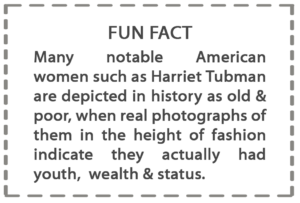

—— WOMEN WITH FASHION INFLUENCE ON OTHER WOMEN 1840-1914 ——
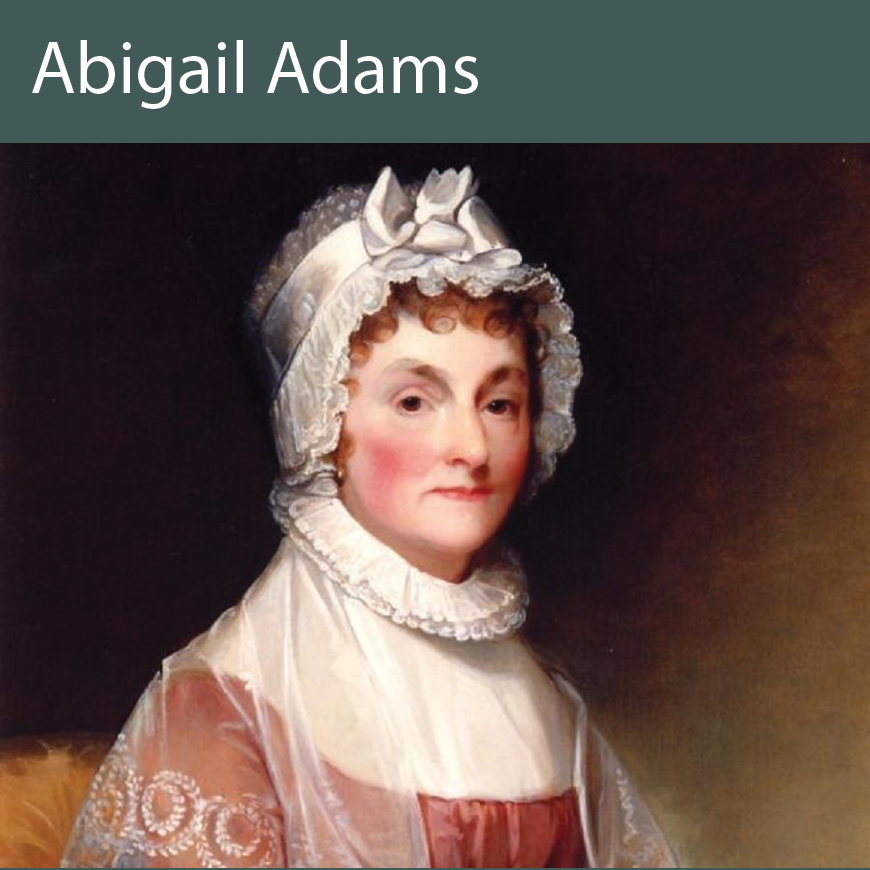
- Abigail Adams: wife of John Quincy Adams, she ran their farm & businesses & was political advisor at time of creation of Declaration of Independence & through the Revolutionary War
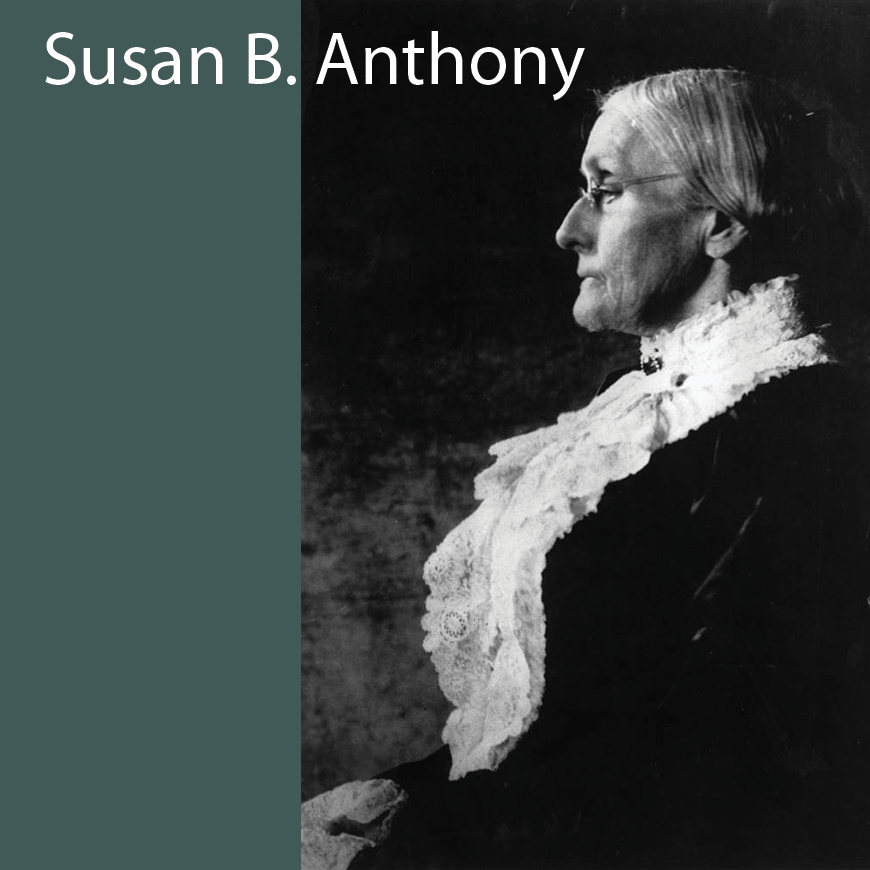
- Susan B. Anthony: fought for gender equality & women’s suffrage
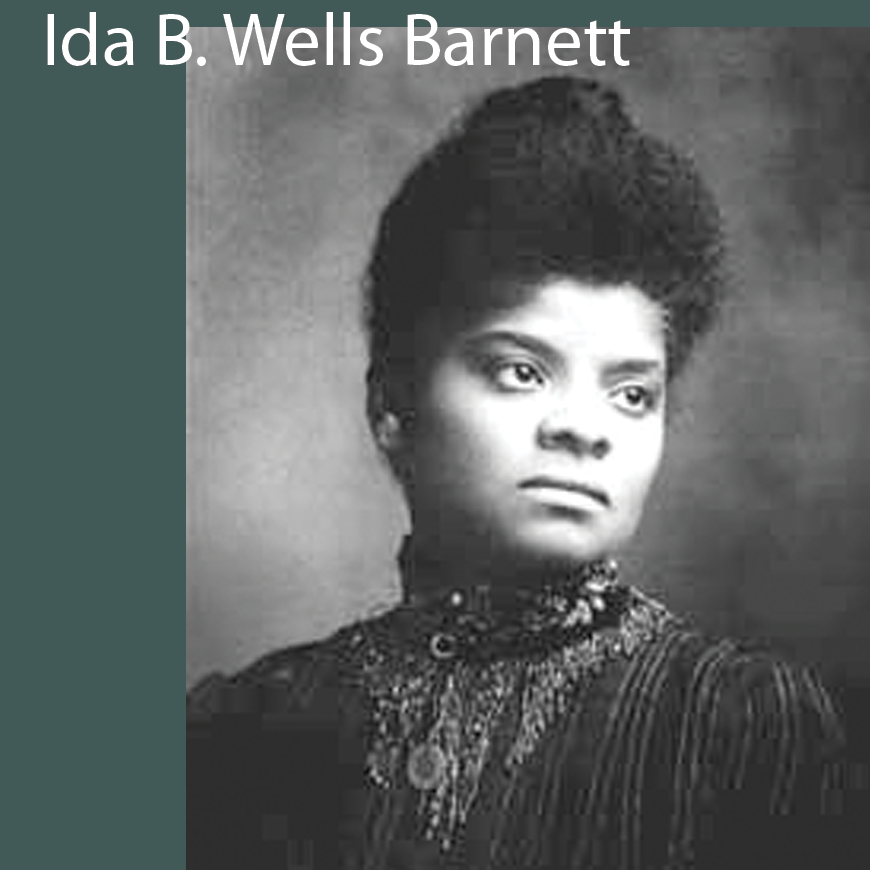
- Ida B Wells Barnett: African-American educator, newspaperwoman, anti-lynching campaigner, & founder of the NAACP. When her parents died of yellow fever when she was 16, she found a job teaching & then moved to Memphis in 1880 to part-own the “Memphis Free Speech” newspaper & then to Chicago to publish the “Chicago Conservator”. She ran her activist career out of Chicago although a mob ransacked her offices & threatened her life if she did not leave town. She stood steady.
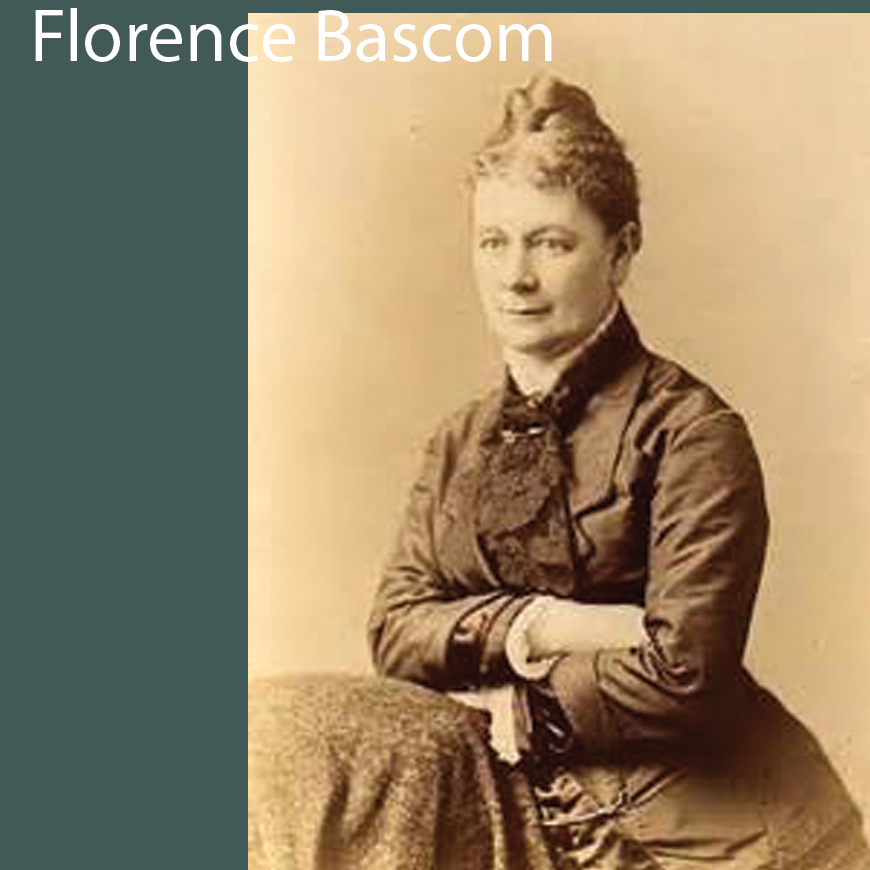
- Florence Bascom: geologist who first applied the microscope to geology
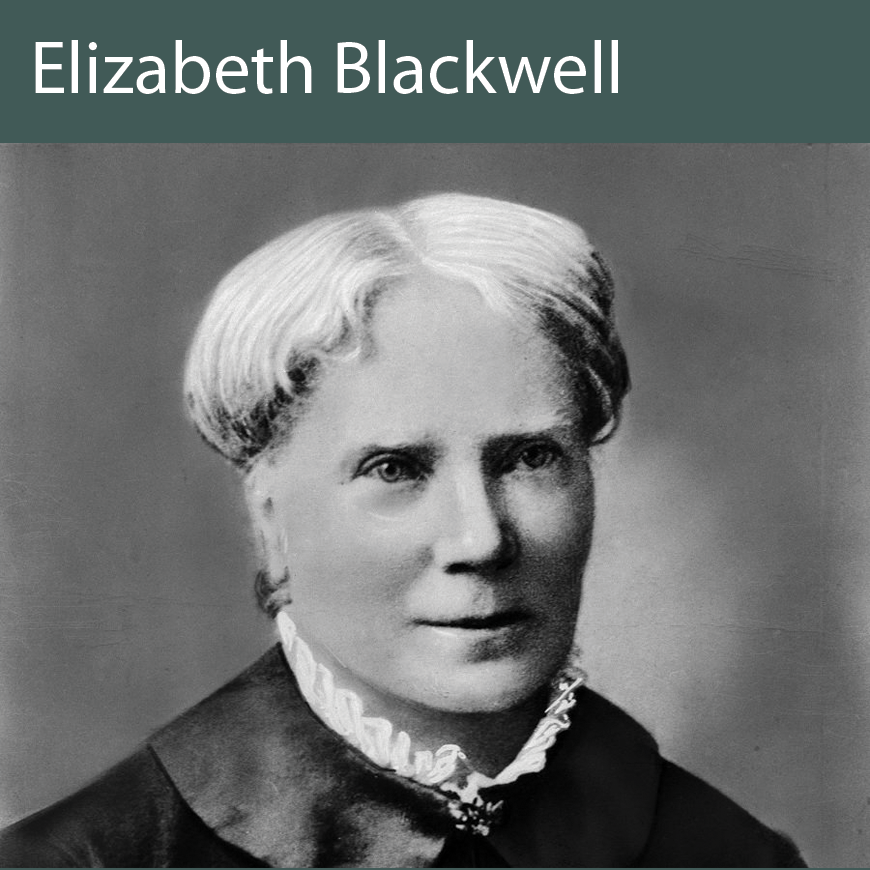
- Elizabeth Blackwell: 1st woman physician in the US; created a slum hospital in the 1880’s
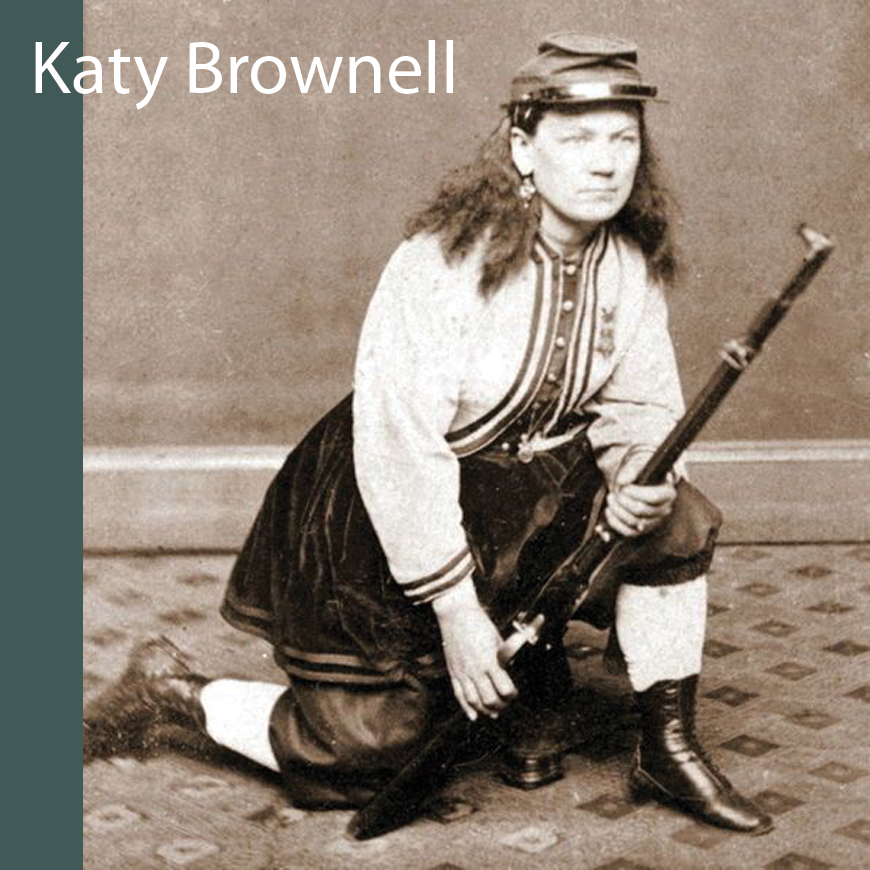
- Katy Brownell: Civil War Rhode Island Infantry foot soldier
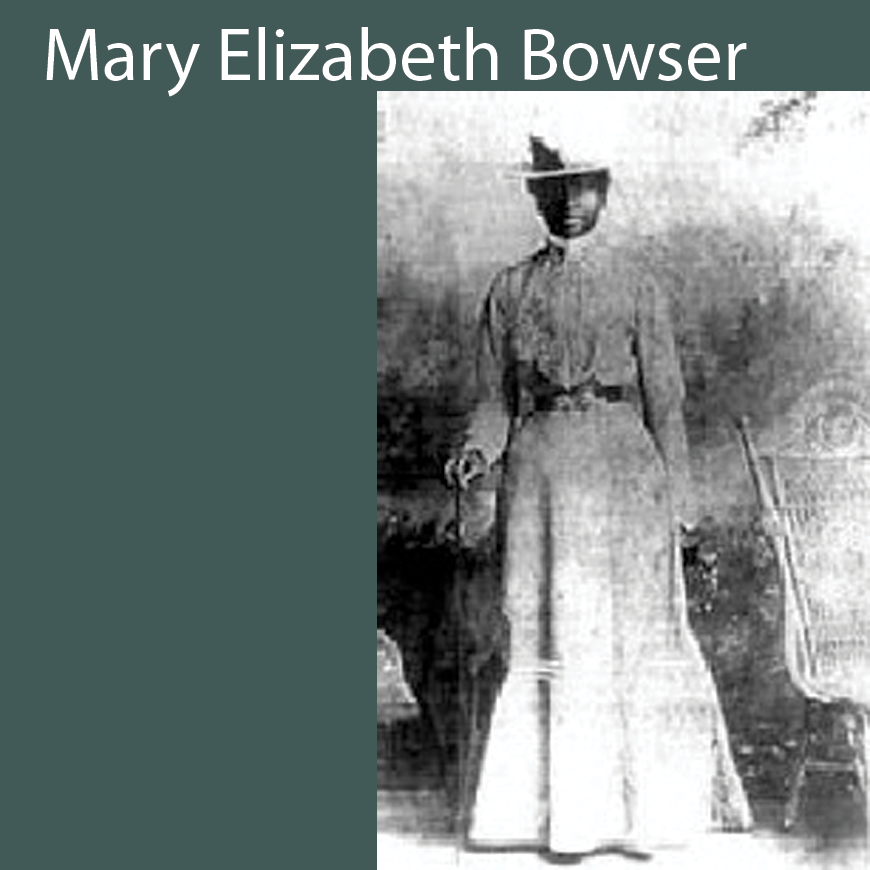
- Mary Elizabeth Bowser: born a slave on a plantation in Richmond, VA, she was freed & supported & educated by Elizabeth Van Lew, her owner’s daughter who was an outspoken abolitionist. Van Lew was sending secret messages to the Union army from Virginia, & near the end of the war, recommended Bowser for a position in Jefferson Davis’ household where they could get secrets directly. Household members assumed Bowser was illiterate & so spoke freely in front of her. The information directly aided the confederate defeat.
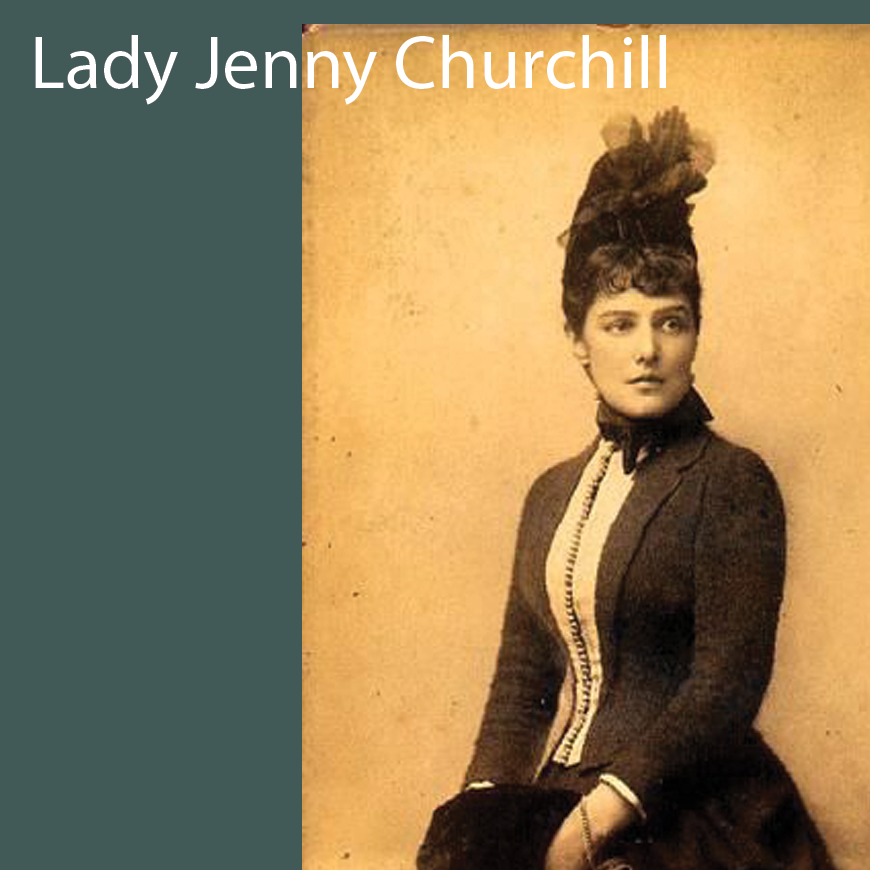
- Jenny Jerome Churchill: American born mother of British Prime Minister Winston Churchill
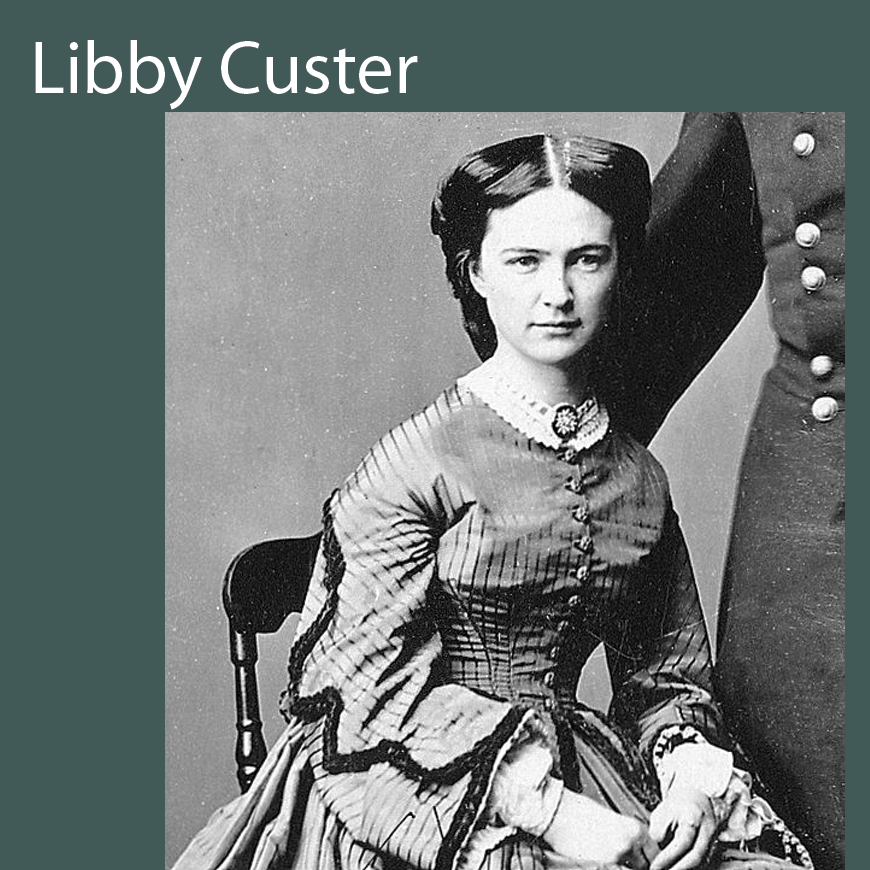
- Libby Custer: socialite wife of General Custer of “Battle of Big Horn” fame
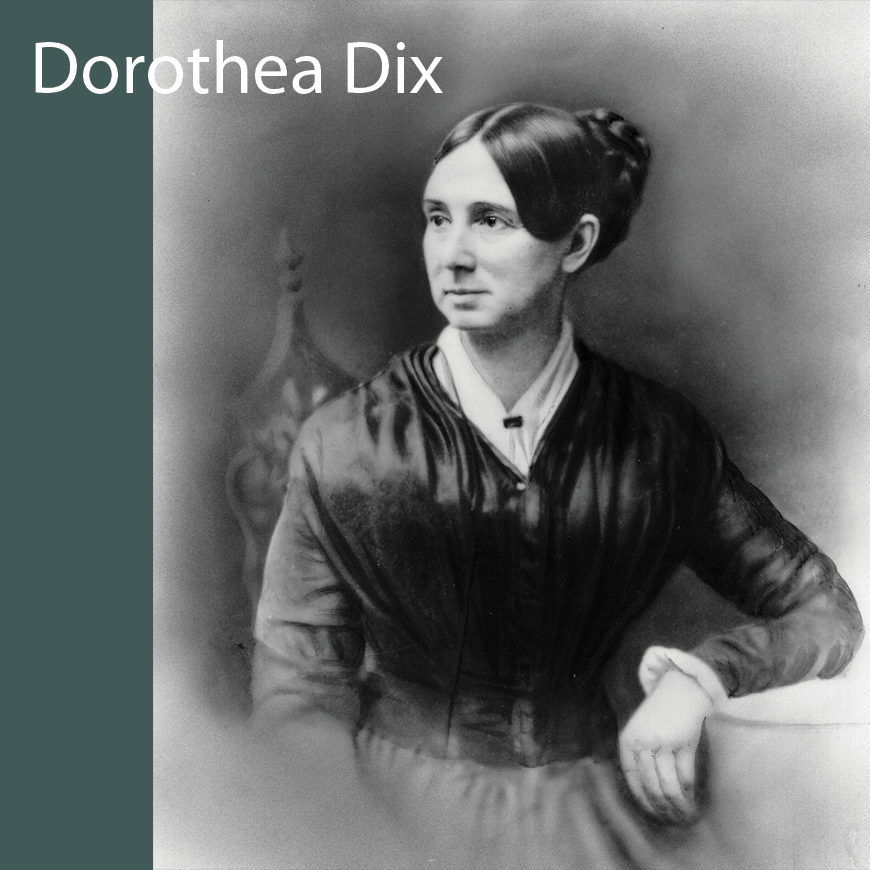
- Dorothea Dix: social reformer & war nurse in the 1860’s
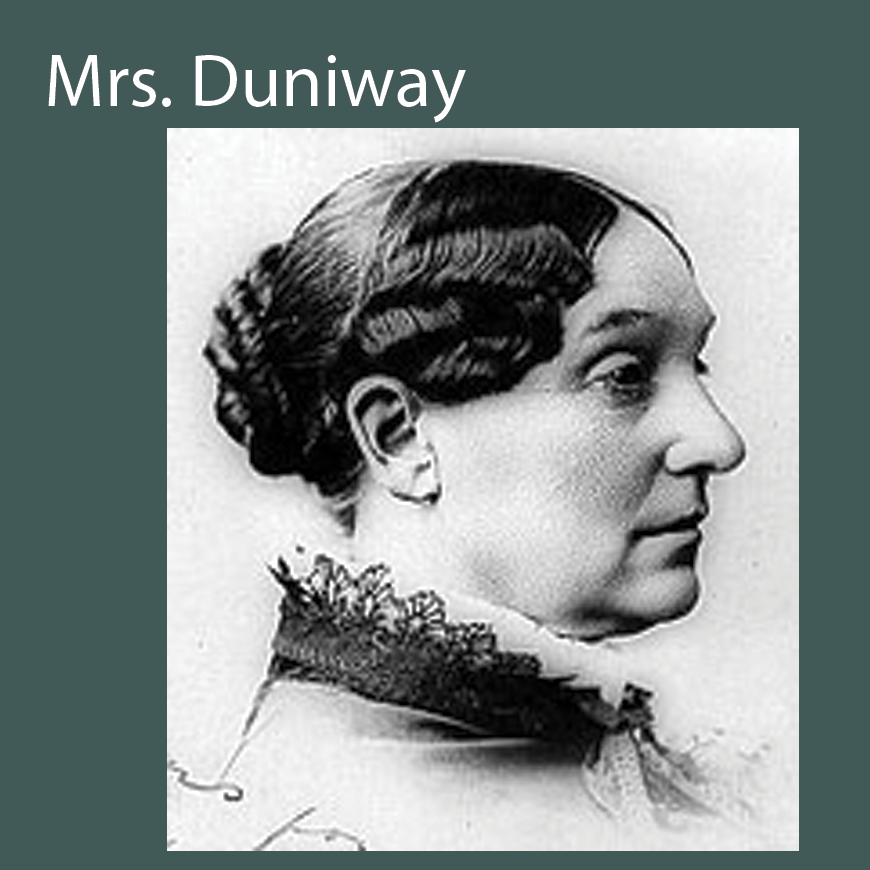
- Abigail Scott Duniway: crusader for Women’s Suffrage. Born in Illinois, Duniway traveled to Oregon with her family in 1852. She described the arduous journey in her first book “Captain Gray’s Company or Crossing the Plains and Living in Oregon”. She was nearly completely self-taught & read newspapers avidly. She became influenced by the women’s rights movement by Elizabeth Cady Stanton. Abigail established her own newspaper in 1870 called New Northwest. When the national Women’s Suffrage Association convened in Washington D.C. in 1886, Duniway was recognized as the leading women’s advocate in the West. She worked for years to achieve women’s property rights & it wasn’t until 1912 that Oregon granted women the right to vote.
At 78, she became the first registered women voter in her county. Her autobiography is called “Path Breaking” (1914). Sadly, she died five years before an amendment to the constitution was signed granting women voting rights
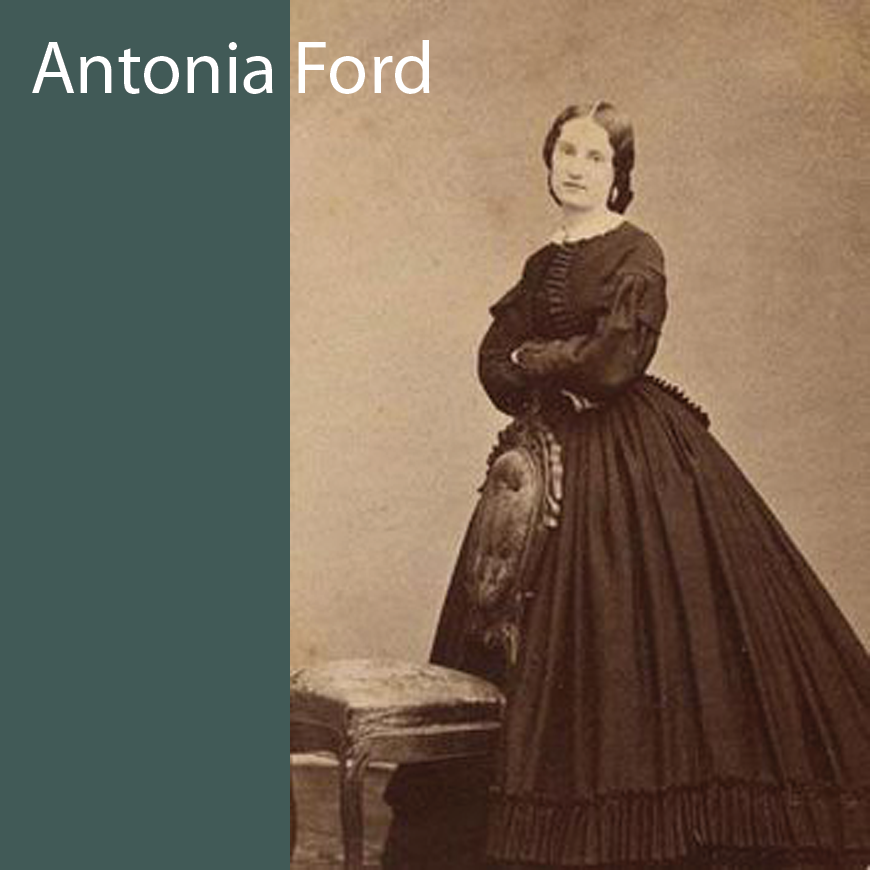
- Antonia Ford: Confederate spy in US Civil War
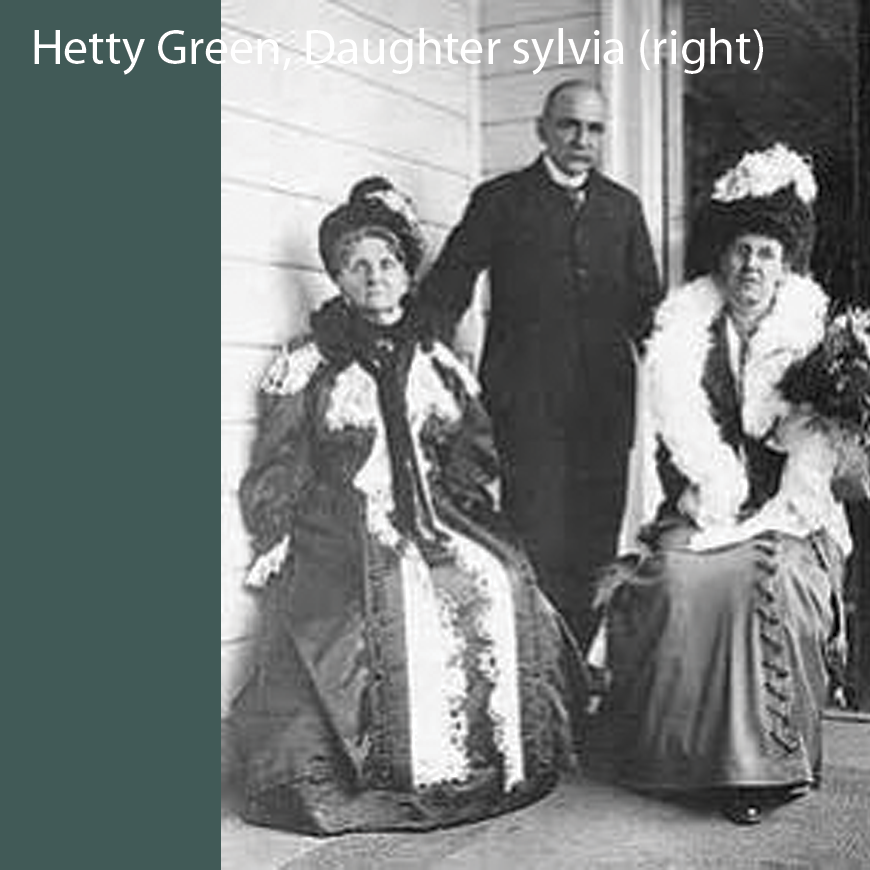
- Hetty Green: “Witch of Wall Street”, investor & richest woman in the world at the time 1902
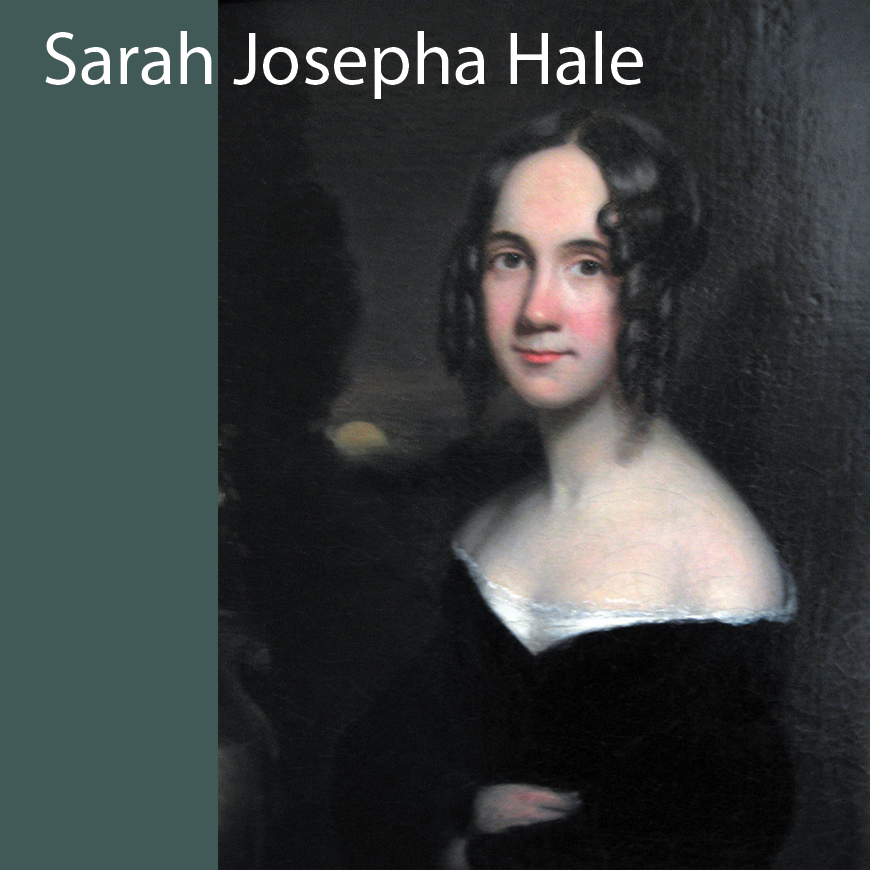
- Sarah Josepha Hale: editor of Godey’s Lady’s Book
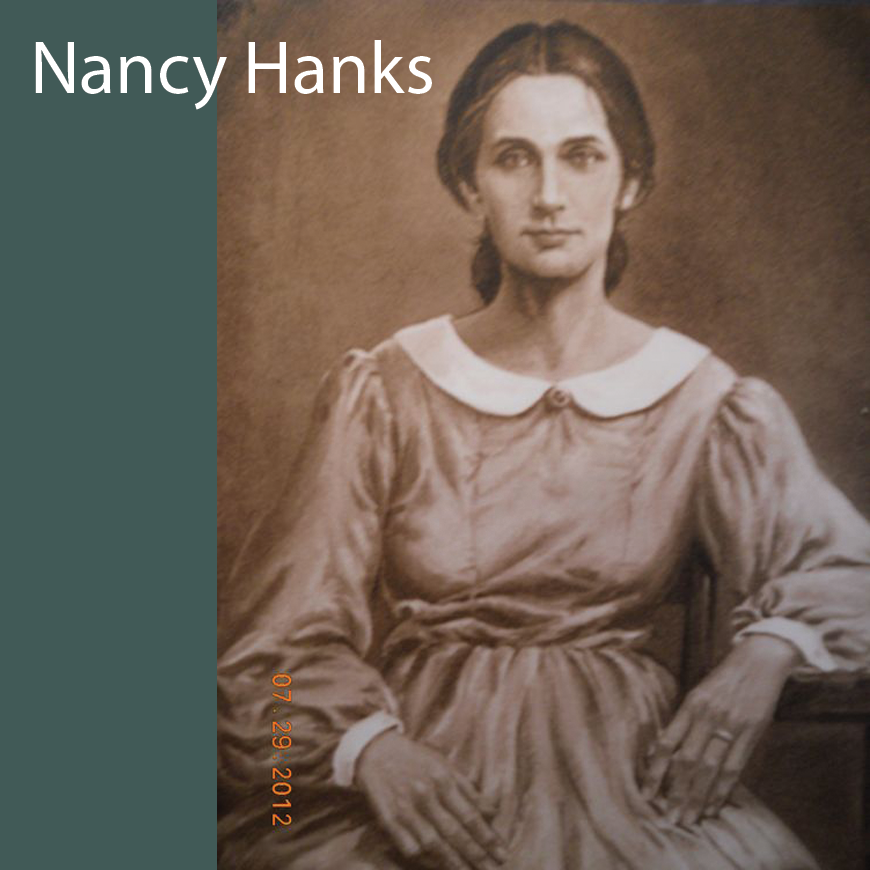
- Nancy Hanks: American mother of Abraham Lincoln
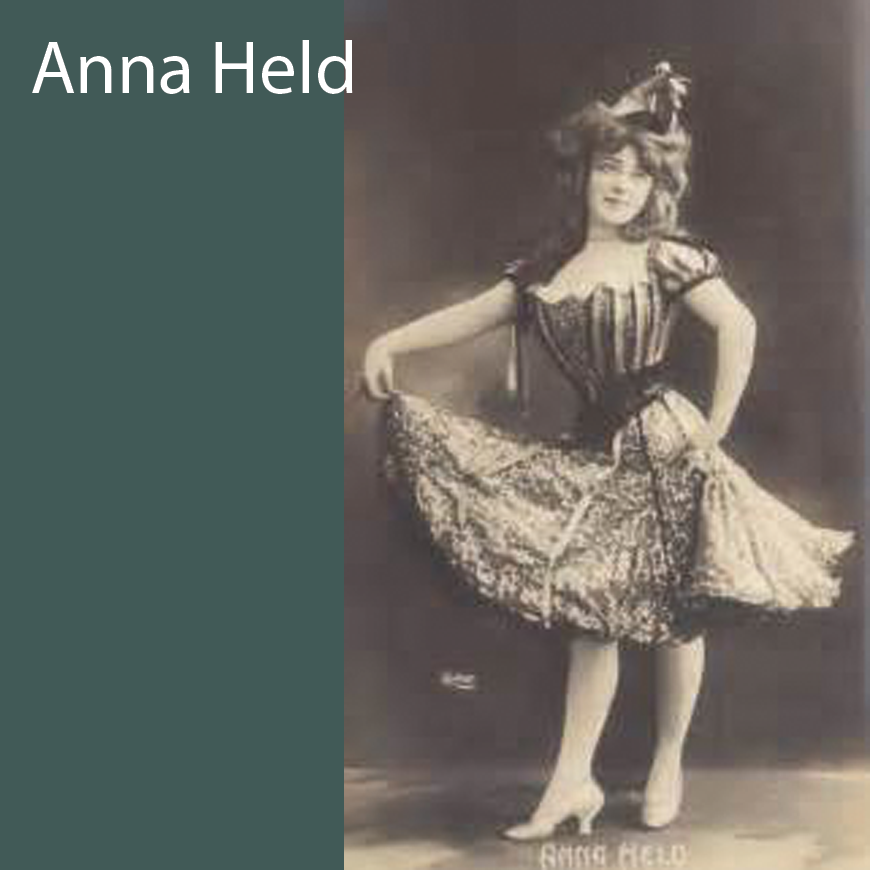
- Anna Held: hugely successful singer & dancer with the Ziegfield Follies performing in Europe too; gave interviews in bathtubs full of milk
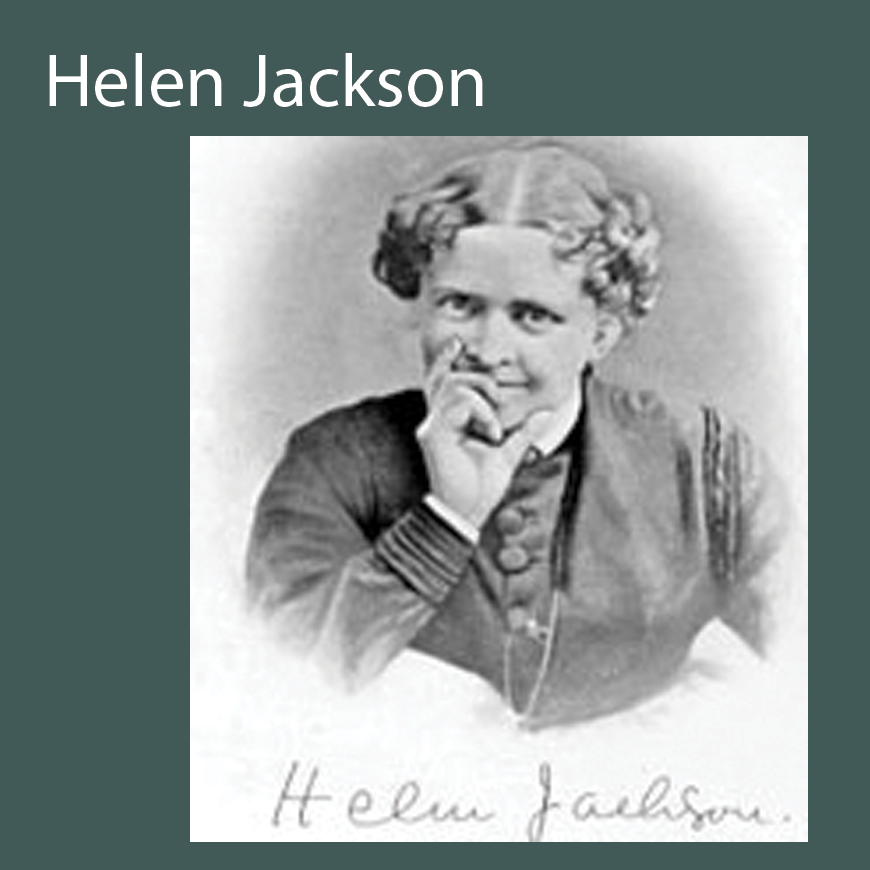
- Helen Hunt Jackson: novelist & a poet. A lifelong friend of classmate poet Emily Dickinson, her “A Century of Dishonor” stirred public outrage over the U.S. government’s mistreatment of Native Americans. She spent the time after losing both her sons to disease in the 1870’s, looking for a cure for tuberculosis. Instead, after meeting Ponca chief Standing Bear, she switched crusades to create public awareness for the Native American’s plight, & founded the Boston Indian Citizenship Association; a cause she would support to her dying day.
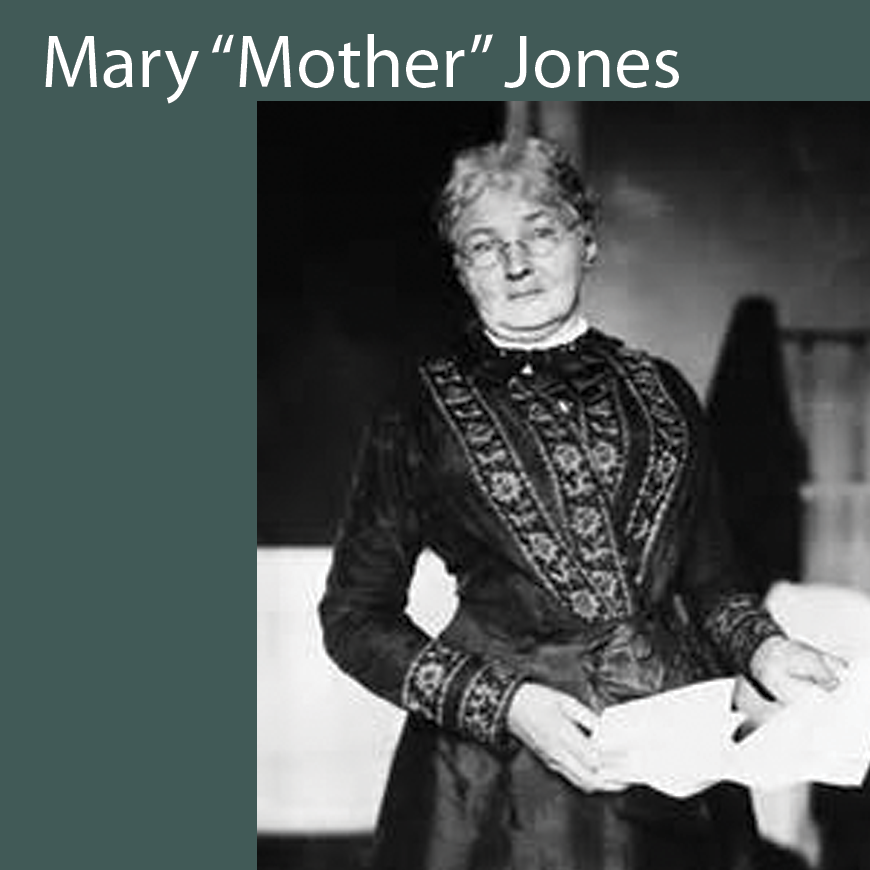
- Mary Harris “Mother” Jones: lost kids to yellow fever & her dress shop burned in the Great Chicago Fire, so she started a Labor Movement
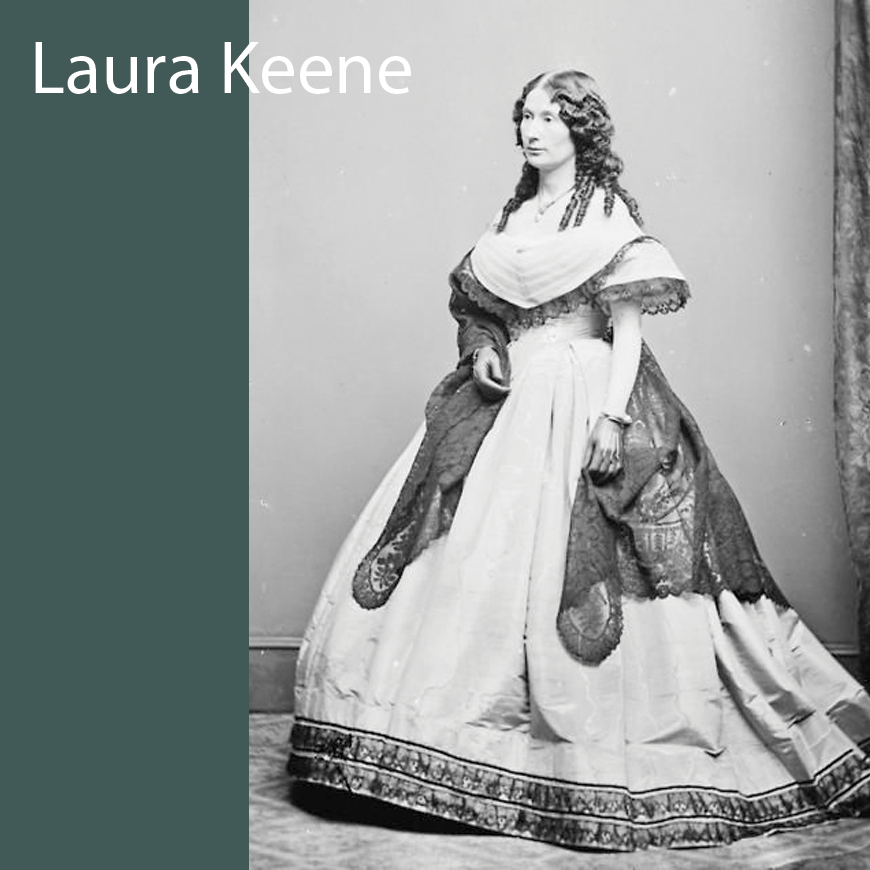
- Laura Keene: actress with the performing group in the theatre the day Lincoln was assassinated
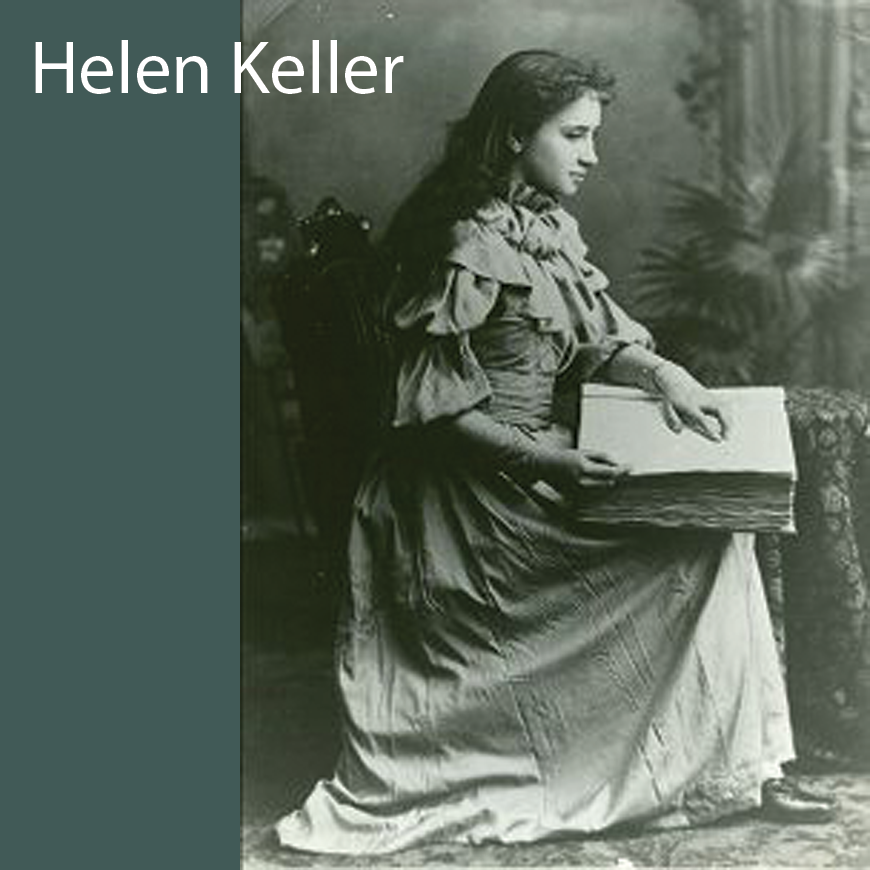
- Helen Keller: blind, dumb, deaf from birth, a successful transition to living on her own stirred a nation’s interest in sign language & work with disabled through the book by her teacher & others about the experience
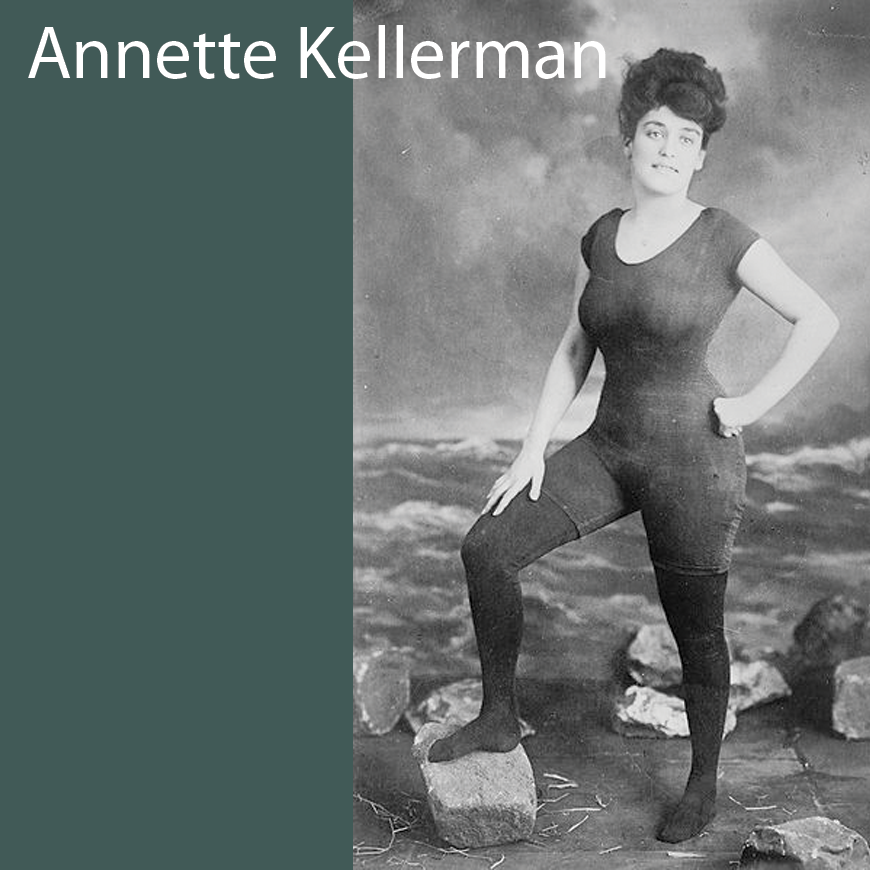
- Annette Kellerman: vaudevillian, singer, dancer, & distance swimmer, she appeared in the first knit swimsuit & attempted to swim the English Channel; later appeared in Hollywood movies in aquatics shows including one where she was the first woman to appear nude in the movies. Spent her life promoting health & fitness
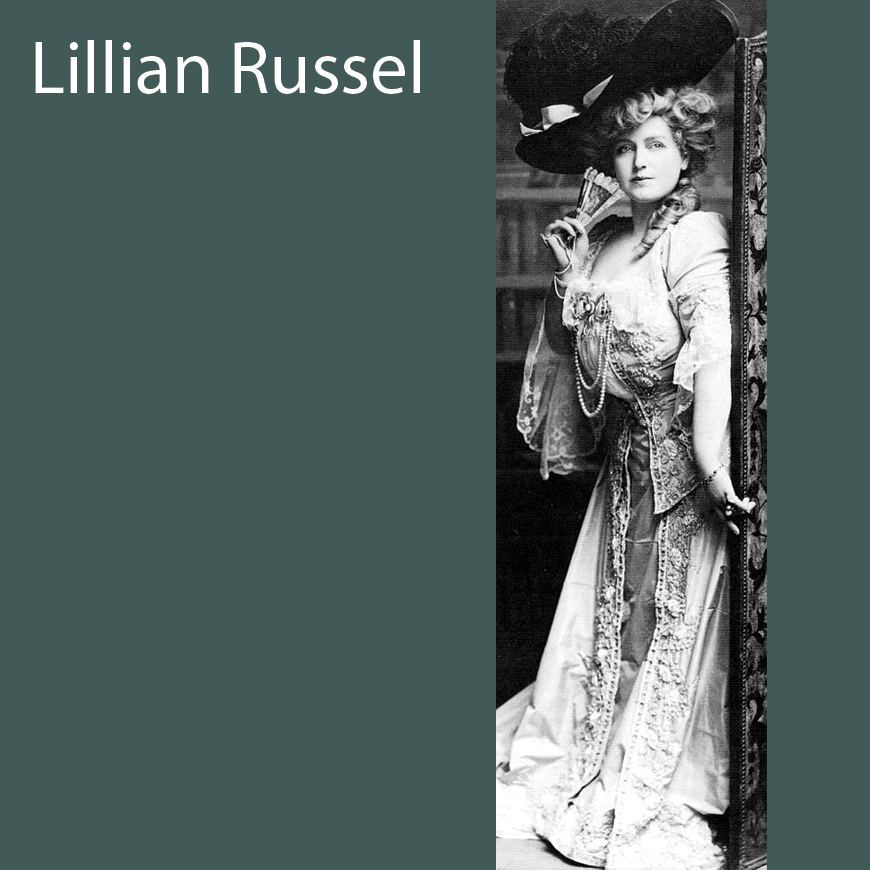
- Helen Louise Leonard (“Lillian Russell”): one of the most famous actresses & singers of the late 1800’s into 1900; performer of vaudeville & later dramatic performances, great acclaim introducing fashion incorporating tight corsets; her voluptuous figure & great sense of style inspired others to embrace their bodies
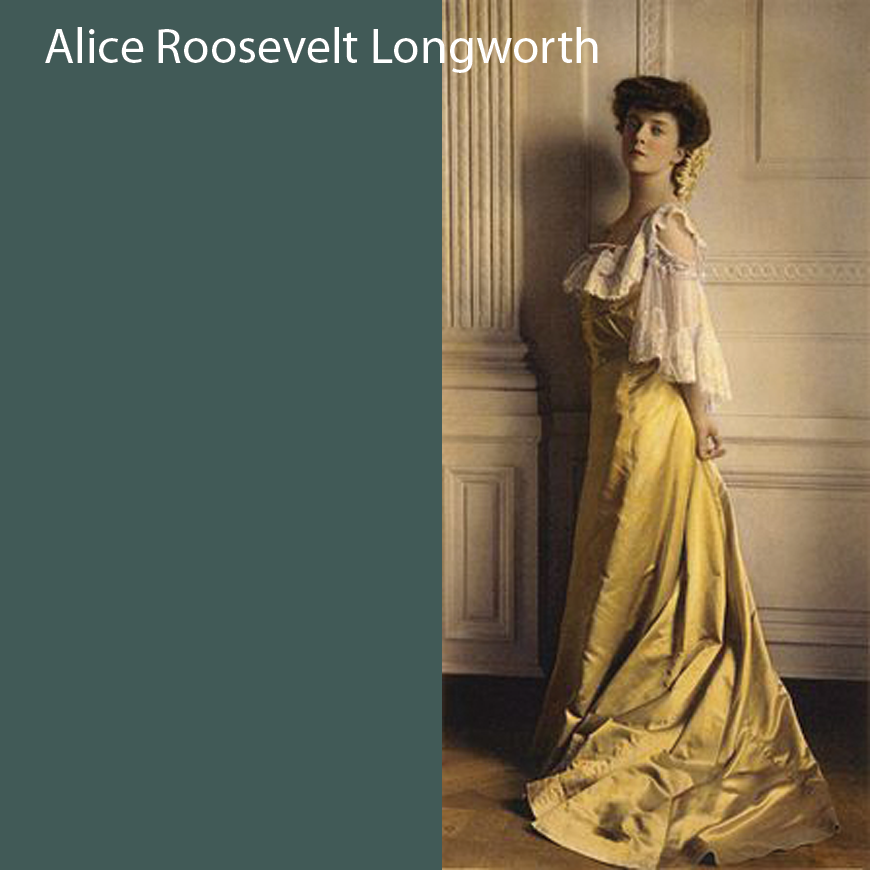
- Alice Lee Roosevelt Longworth; eldest child of President Theodore Roosevelt & his first wife Alice Hathaway Lee; prominent socialite in New York married to a prominent Congressman; later became involved in the early Kennedy administrations & politics; in the early 1900’s associated with world nobility & leaders such as the Empress of China
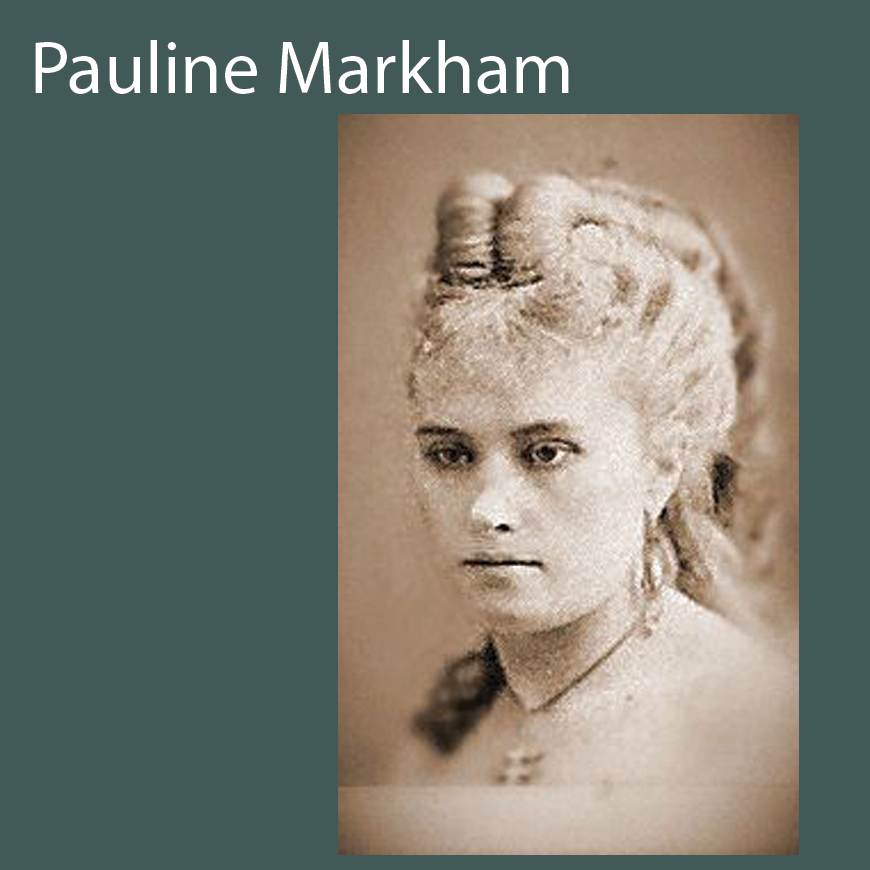
- Pauline Markham: Burlesque performer
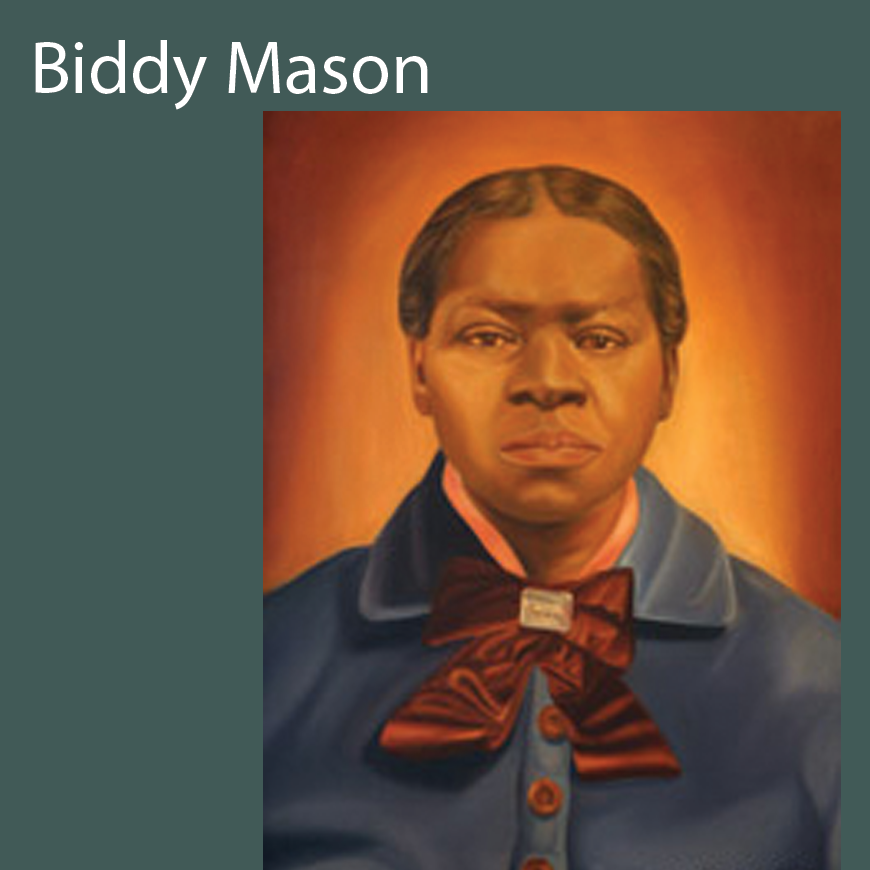
- Biddy Mason: freed slave & real estate developer/entrepreneur in the 1870’s
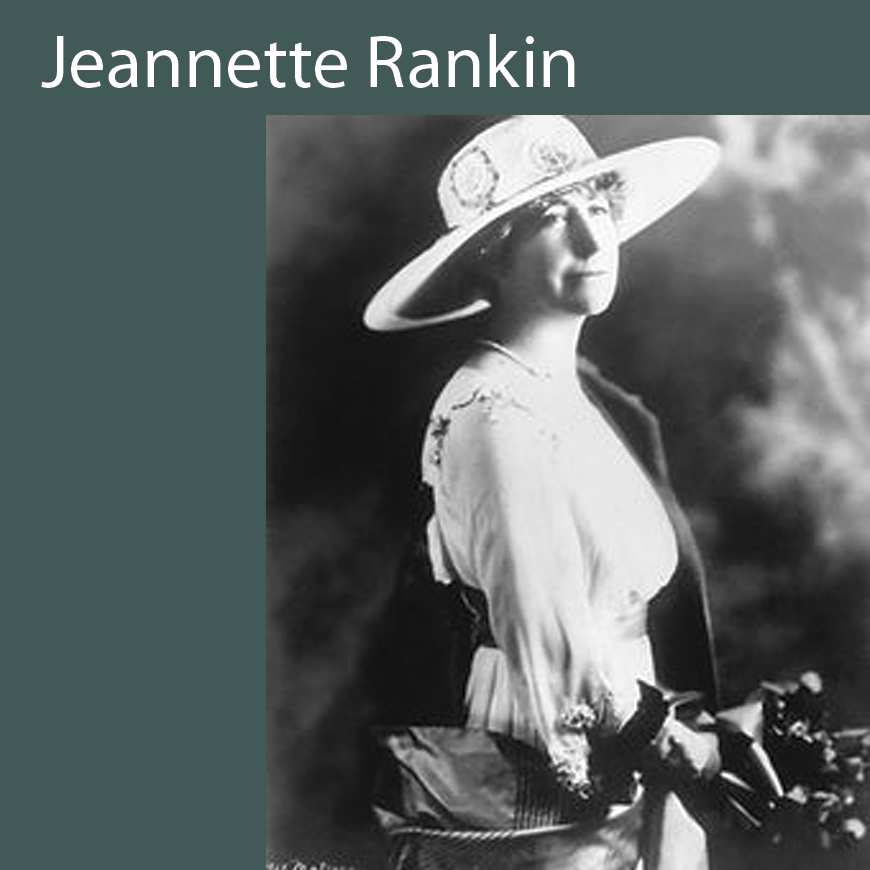
- Jeannette Rankin: 1st woman in Congress
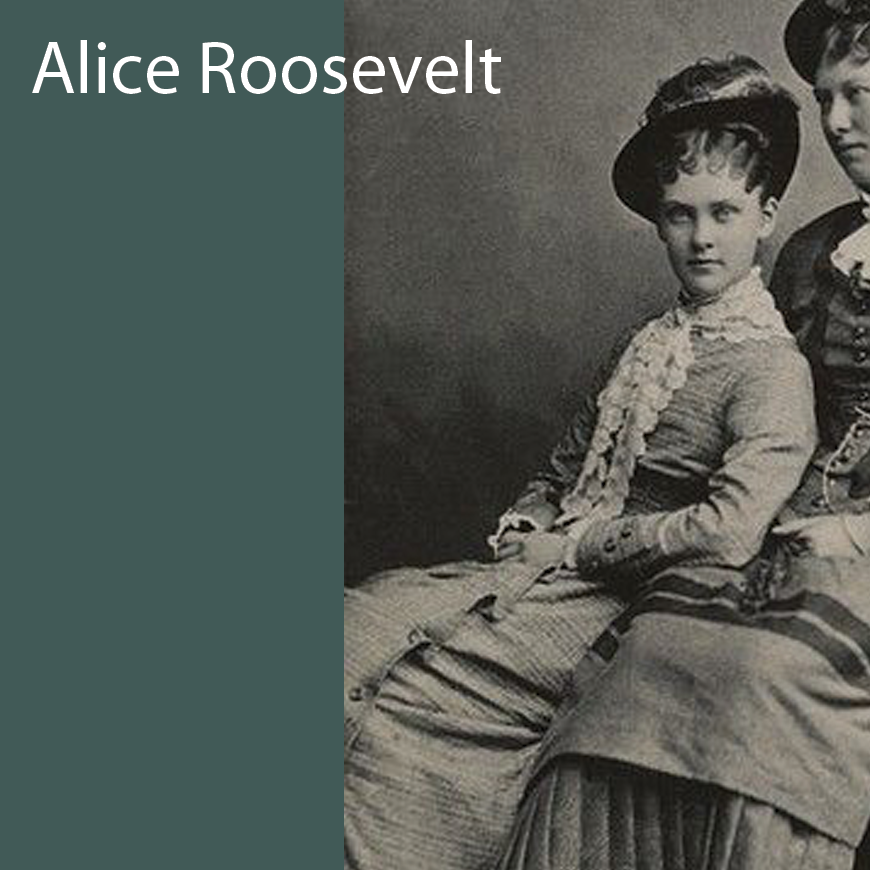
- Alice Hathaway Lee Roosevelt: president Roosevelt’s 1st wife; American socialite married to the US President at age 19; died of Bright’s Disease (kidney disease) shortly after giving birth to daughter Alice whom Roosevelt tried to raise on his own
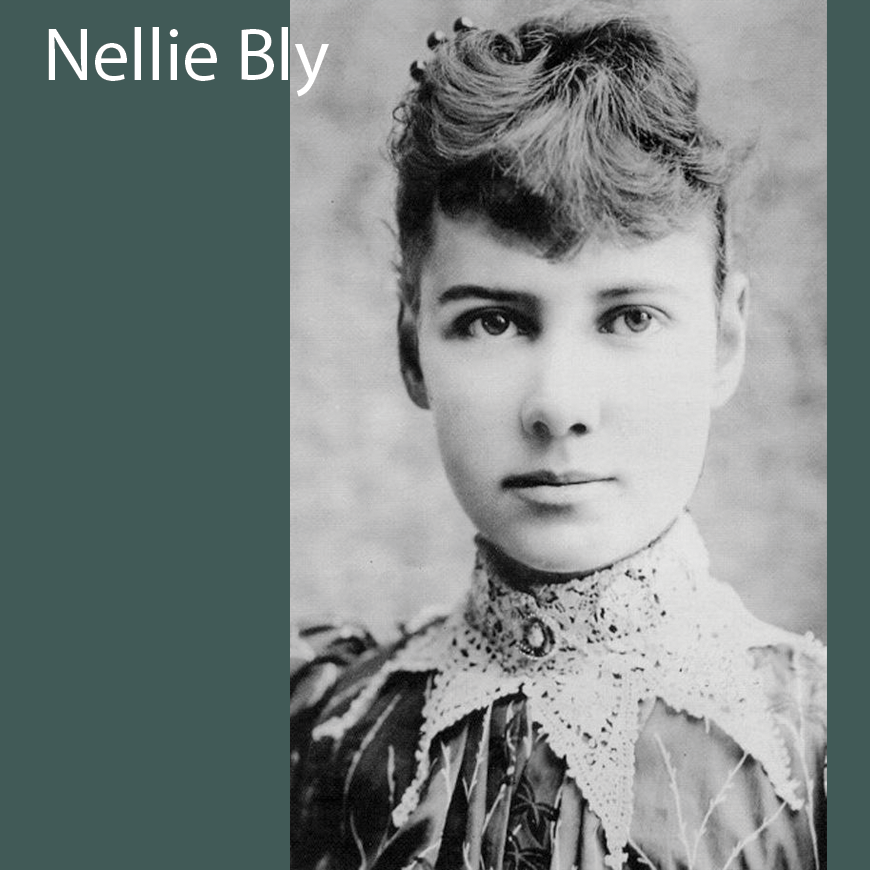
- Elizabeth Cochran Seaman “Nellie Bly” pen name: American journalist, writer, industrialist, inventor, & charity worker. Nellie is known for her record-breaking trip around the world in 72 days, an emulation of Jules Verne’s fictional character, Phileas Fogg. She write an expose in which she faked insanity by sticking things up her nose so it would bleed, in order to get inside an insane asylum to study it from the inside. She was a suffragette & a pioneer in the field of investigative journalism.
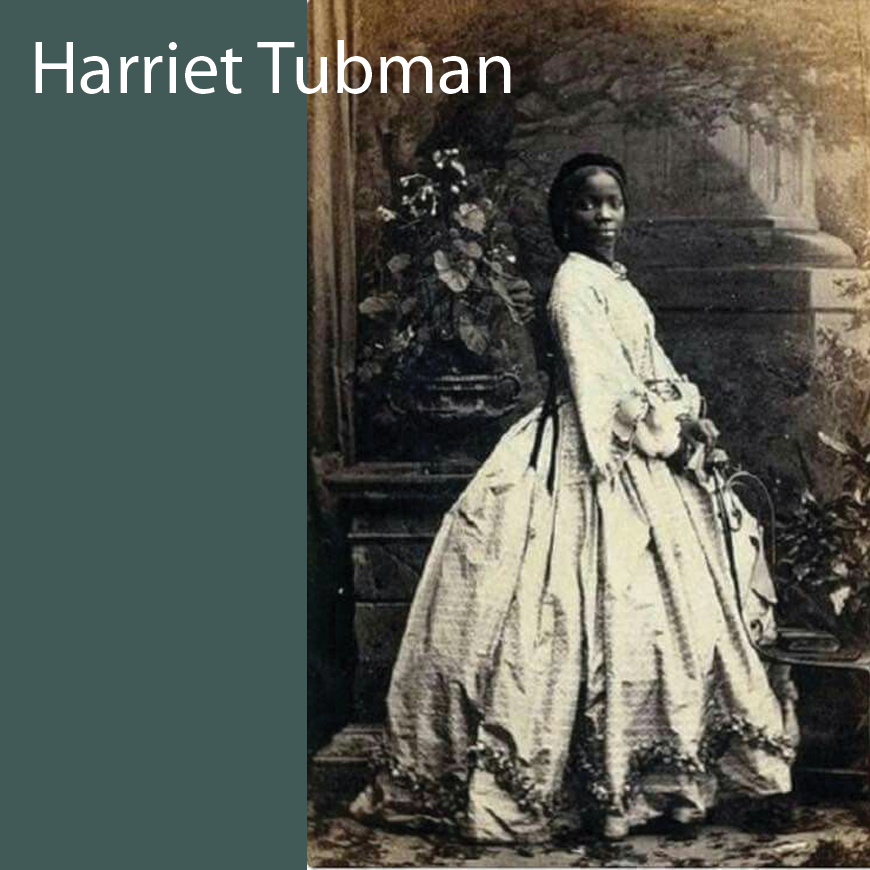
- Harriet Tubman: an escaped slave during the civil war, as an abolitionist she joined the Union Army & made 13 missions to rescue approximately 70 enslaved families from the South. When the war began she worked first as a cook & nurse, & then as an armed scout & spy. After the war she was a leader in the suffrage movement, & opened a nursing facility for elderly African Americans where she was admitted & then subsequently died only one year after it was build. Tubman is slated by the US Treasury Department to have her image put on the $20 dollar bill sometime after April, 2016.
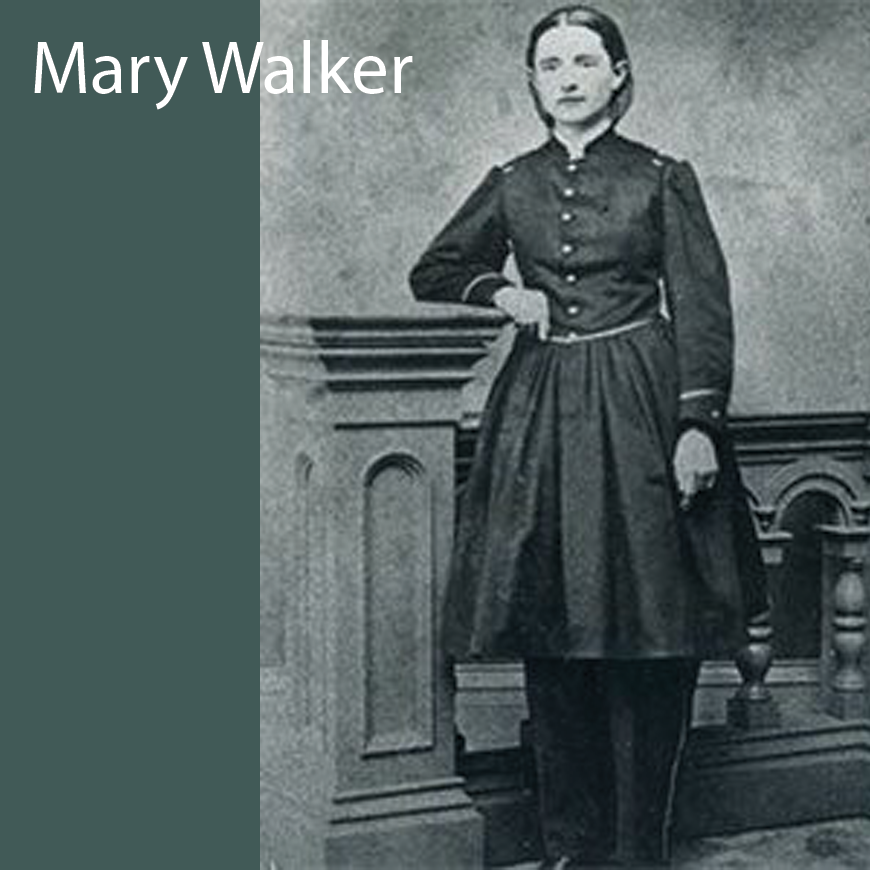
- Dr. Mary Edwards Walker: abolitionist & one of the first ever female surgeons in the united states, she was given the congressional medal of honor for her work in medicine as an enlisted officer during the Civil War. After the war she was a prohibitionist & to date is still the only woman to ever receive the Medal of Honor
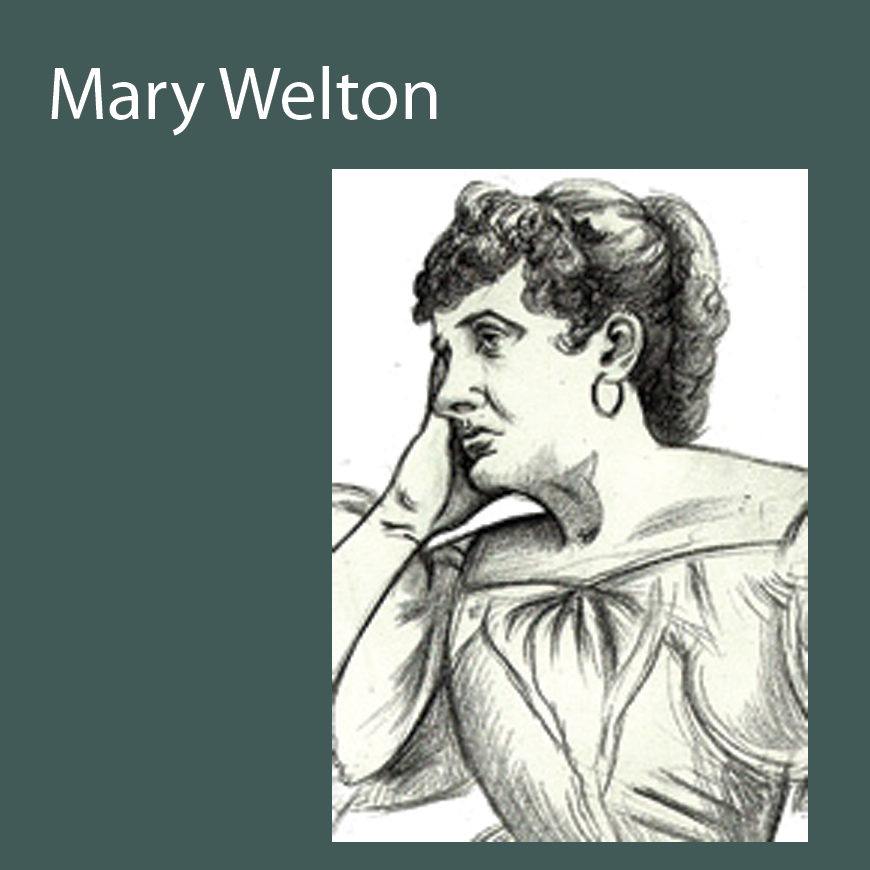
- Mary Welton: Civil Engineer & inventor of smokestack pollution controls in the 1890’s, especially for trains & elevated trains
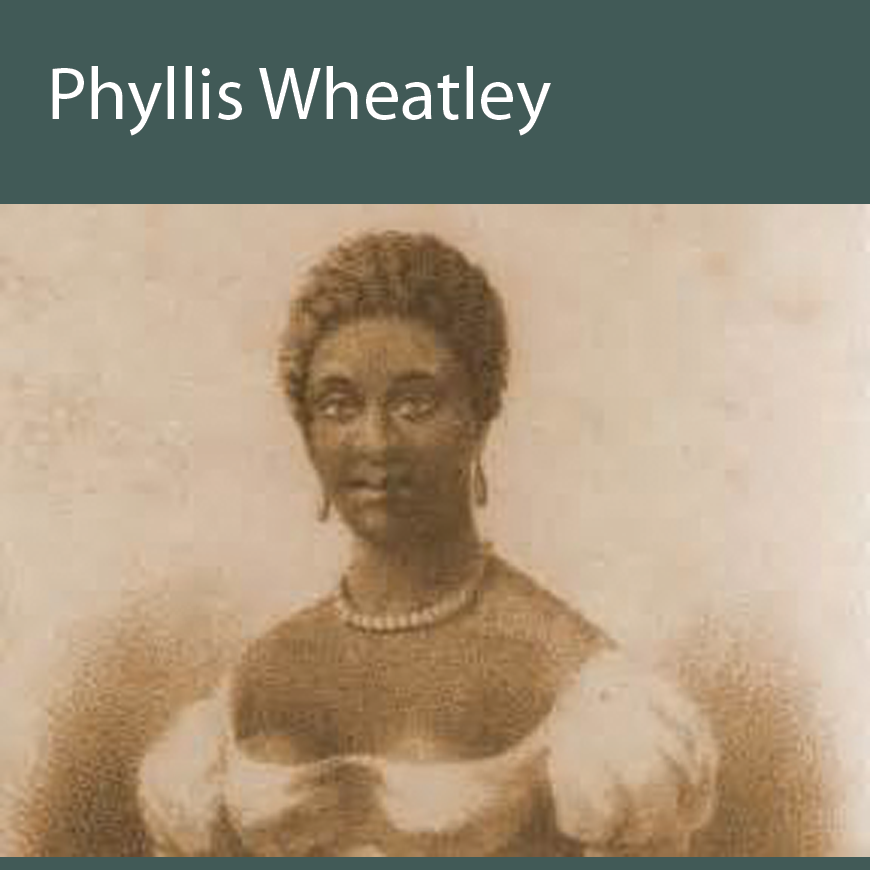
- Phyllis Wheatley: escaped slavery to become a famous black poet
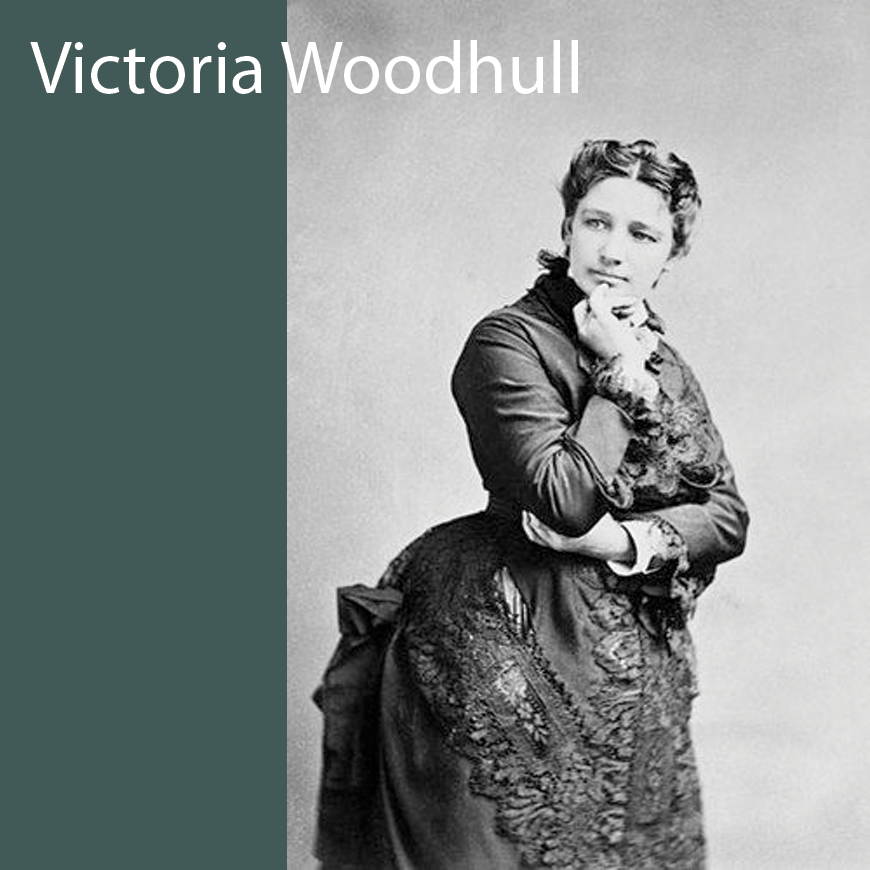
- Victoria Woodhull: first woman to run for US president (defeated); women’s rights activist
—— THE ACTUAL GARMENTS WORN BY NOTABLE WOMEN 1840-1914 ——
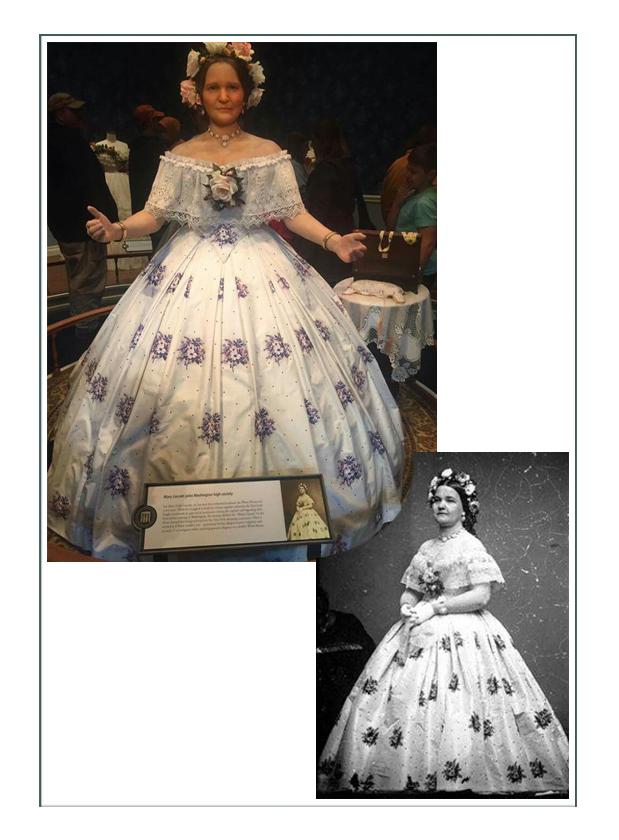
—— (above) “Mary Todd Lincoln Day Dress 1862” ——
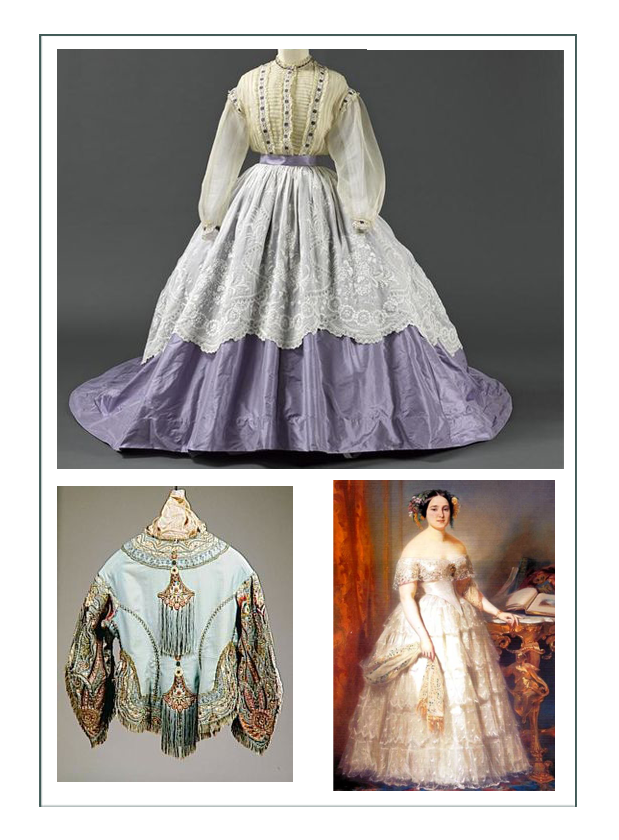
—— (above) “Princess Mathilde Bonaparte’s Day Dress 1867” ——
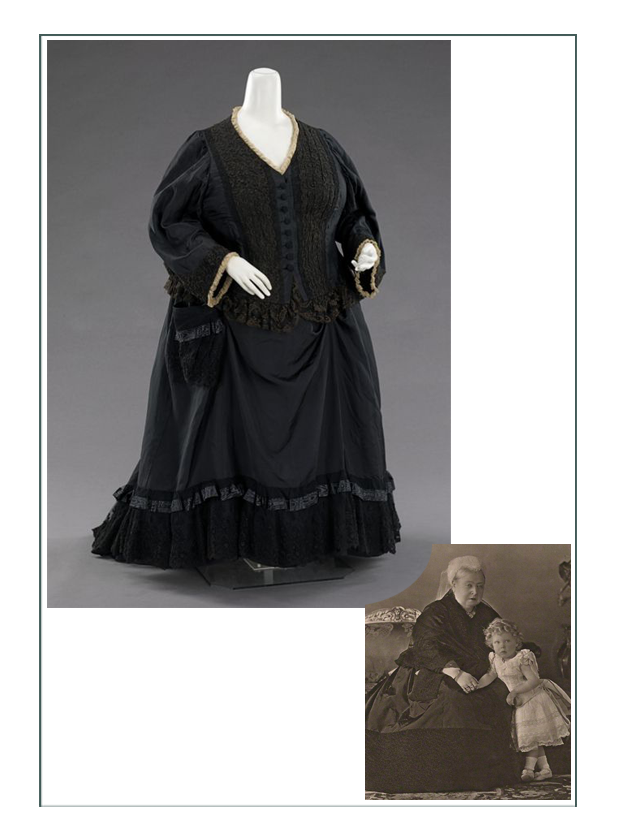
—— (above) “Queen Victoria’s Mourning Gown 1894” ——
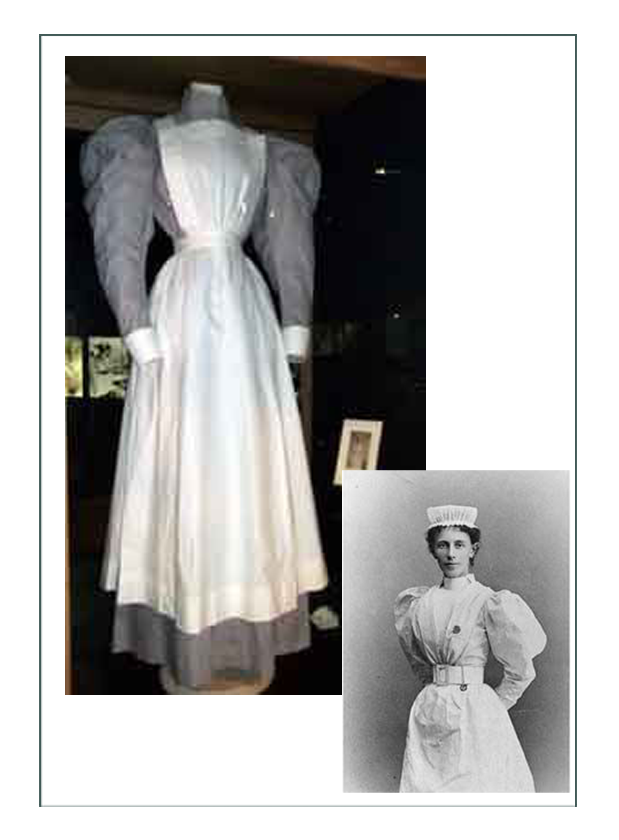
—— (above) “Florence Nightengale’s Nurse Uniform 1895” ——
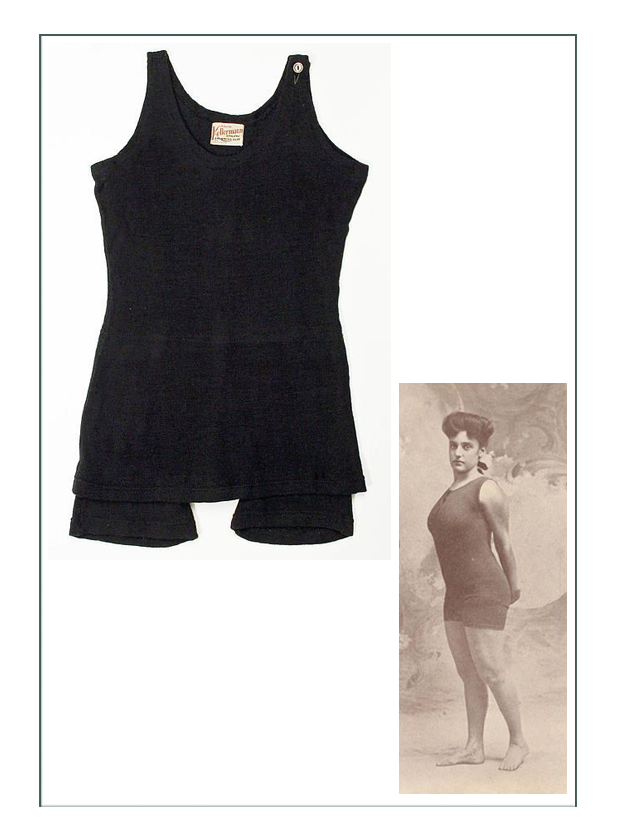
—– (above) “Annette Kellerman’s Swimming Suit 1906 ” ——
Click to go to top of page
Click date below to go to a different era. We can replicate most ANY garment you see!

